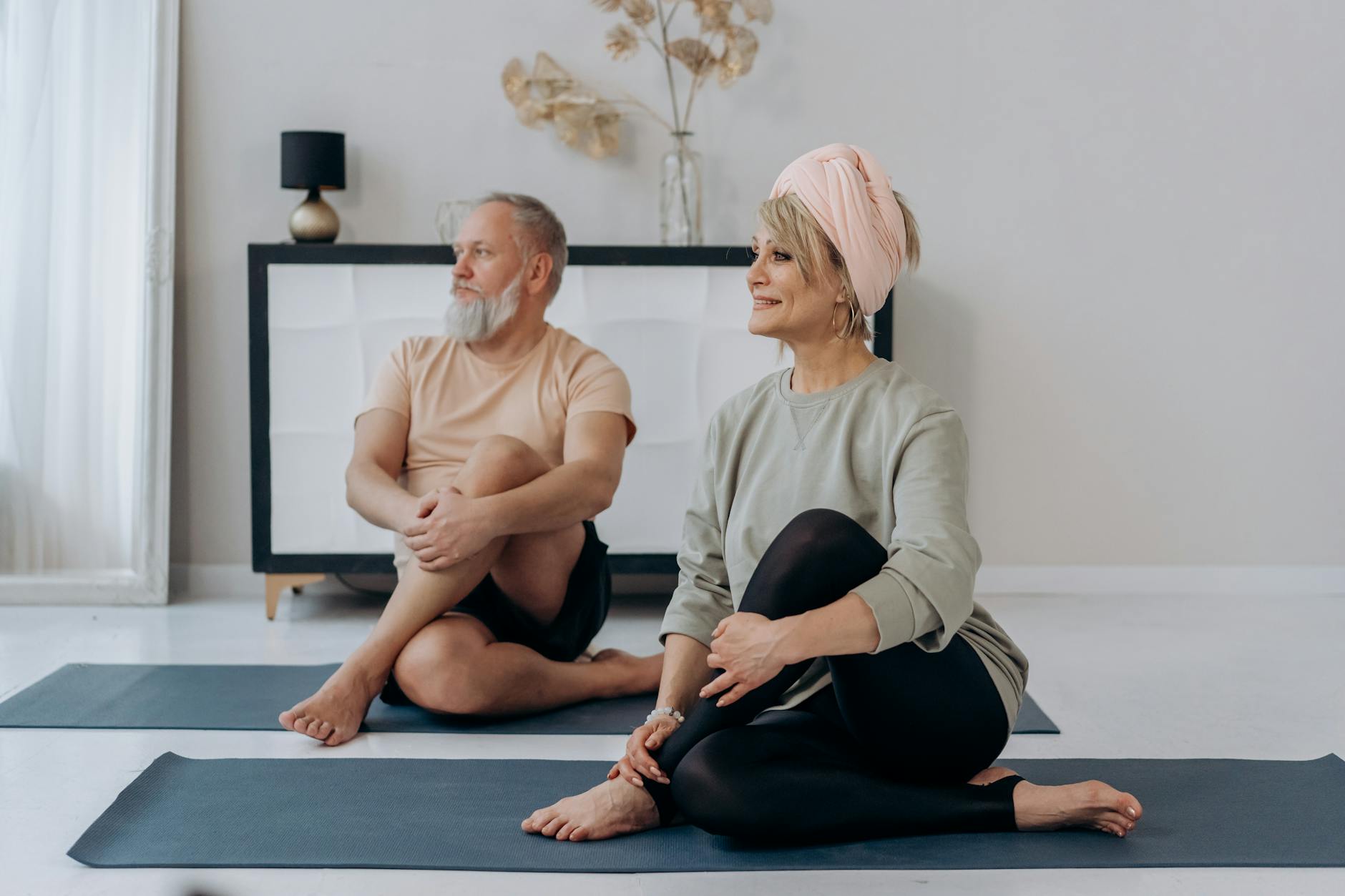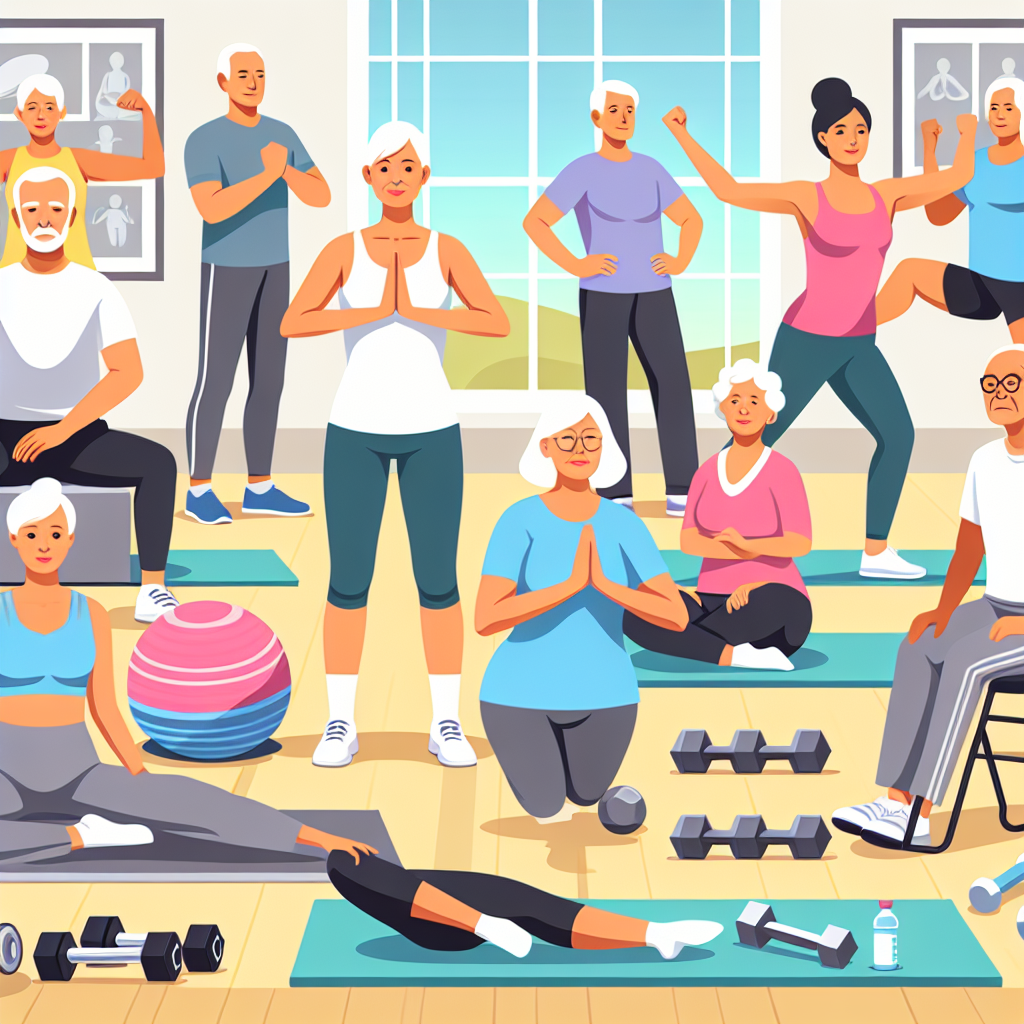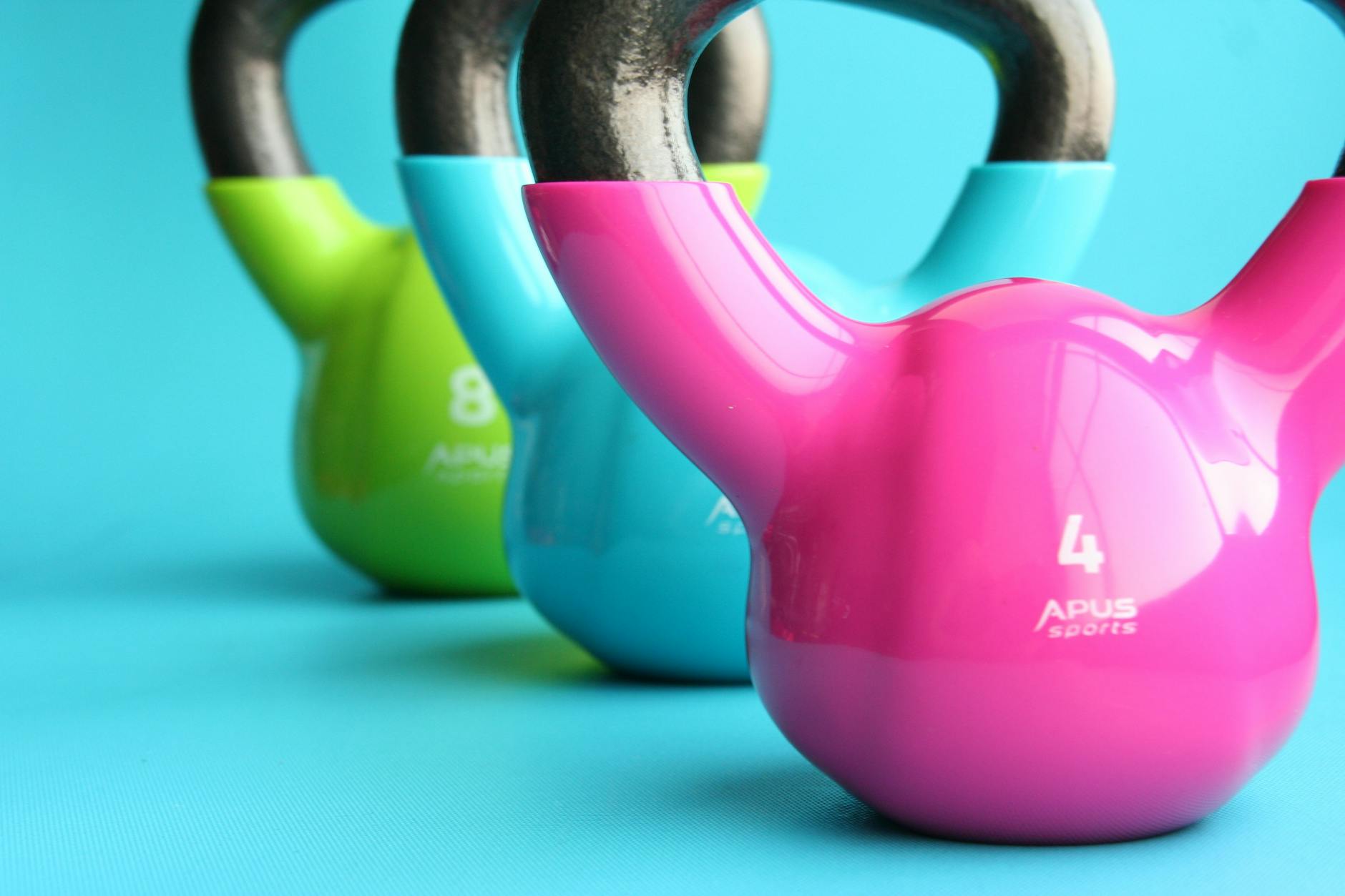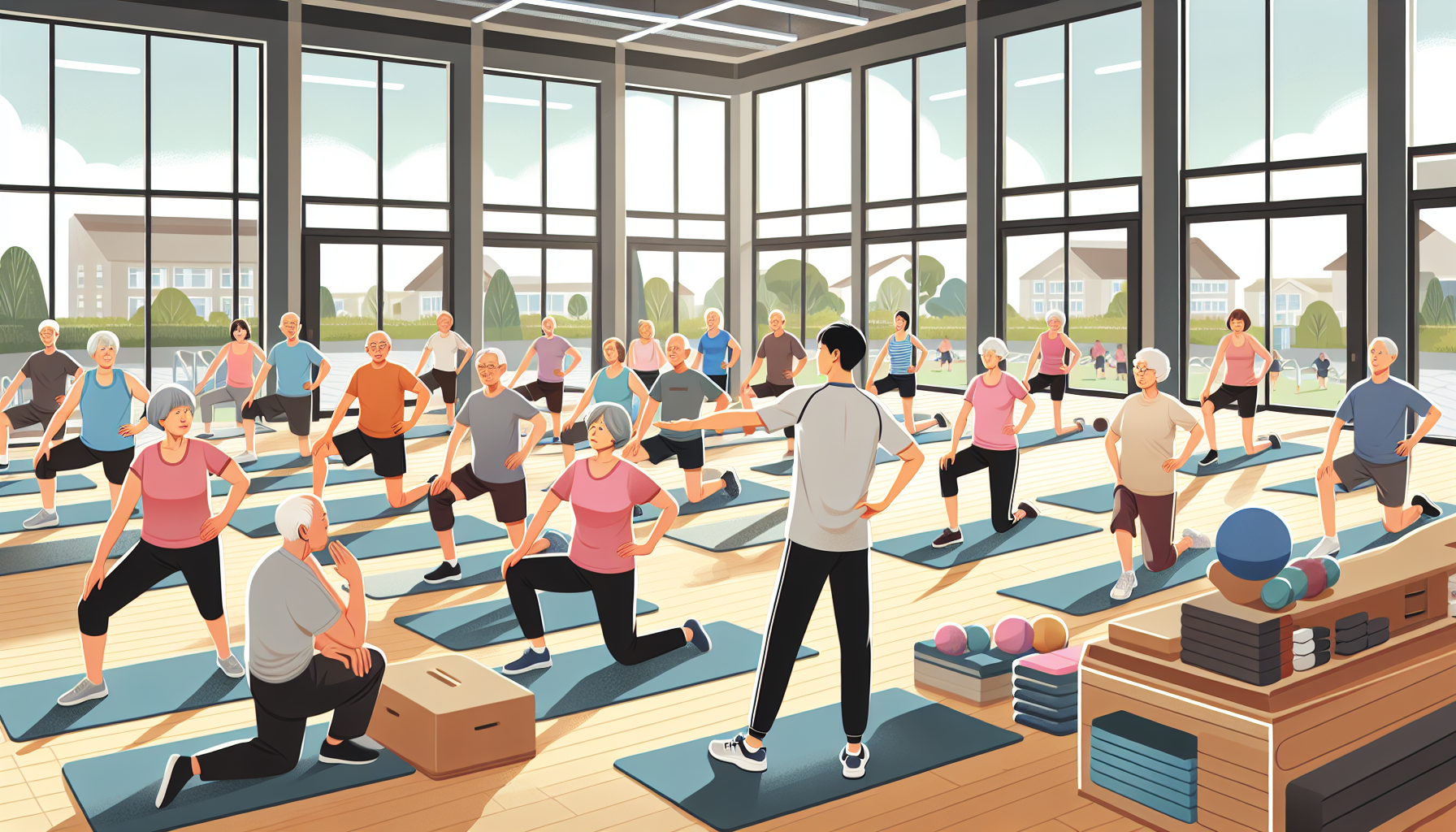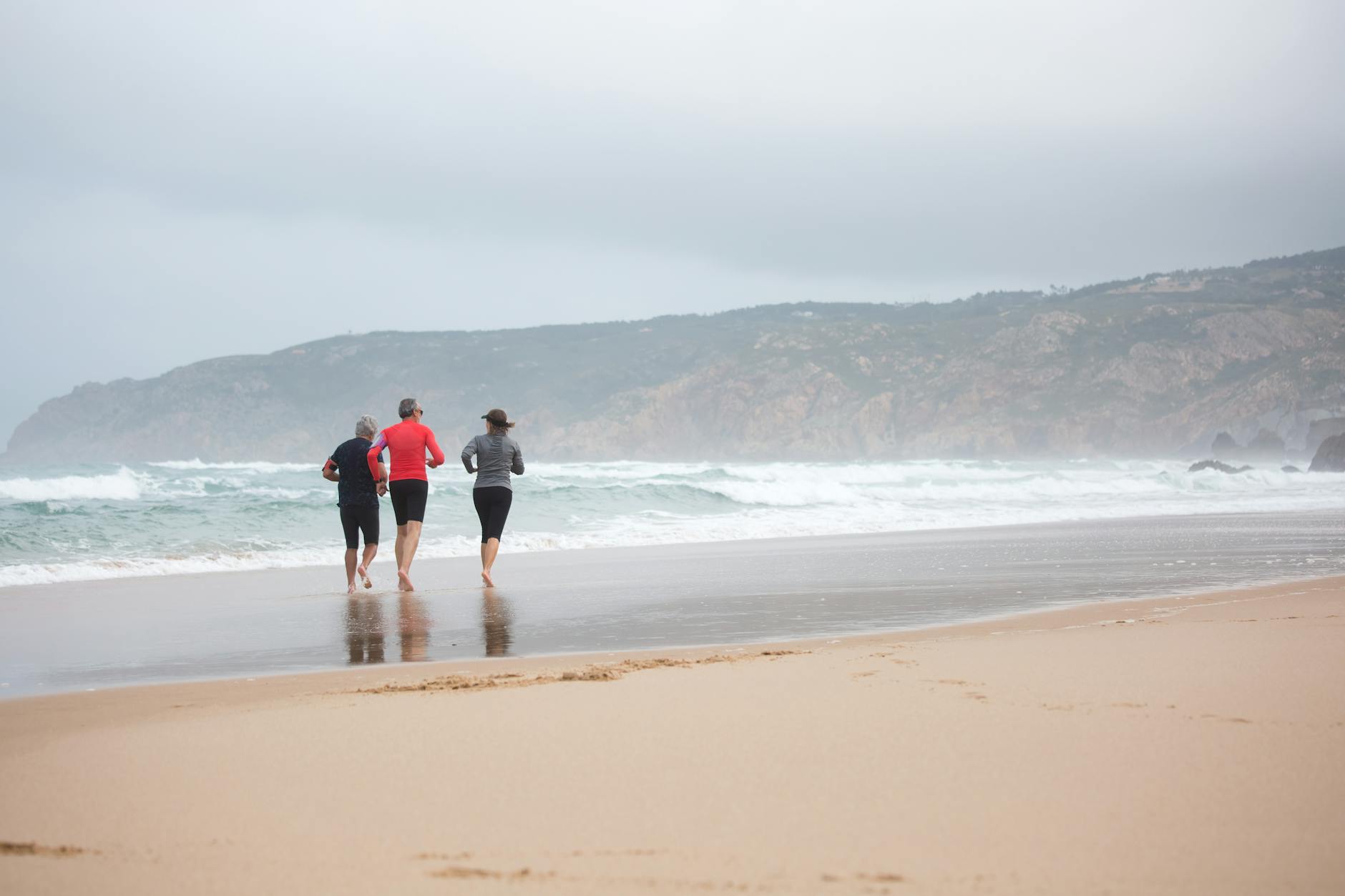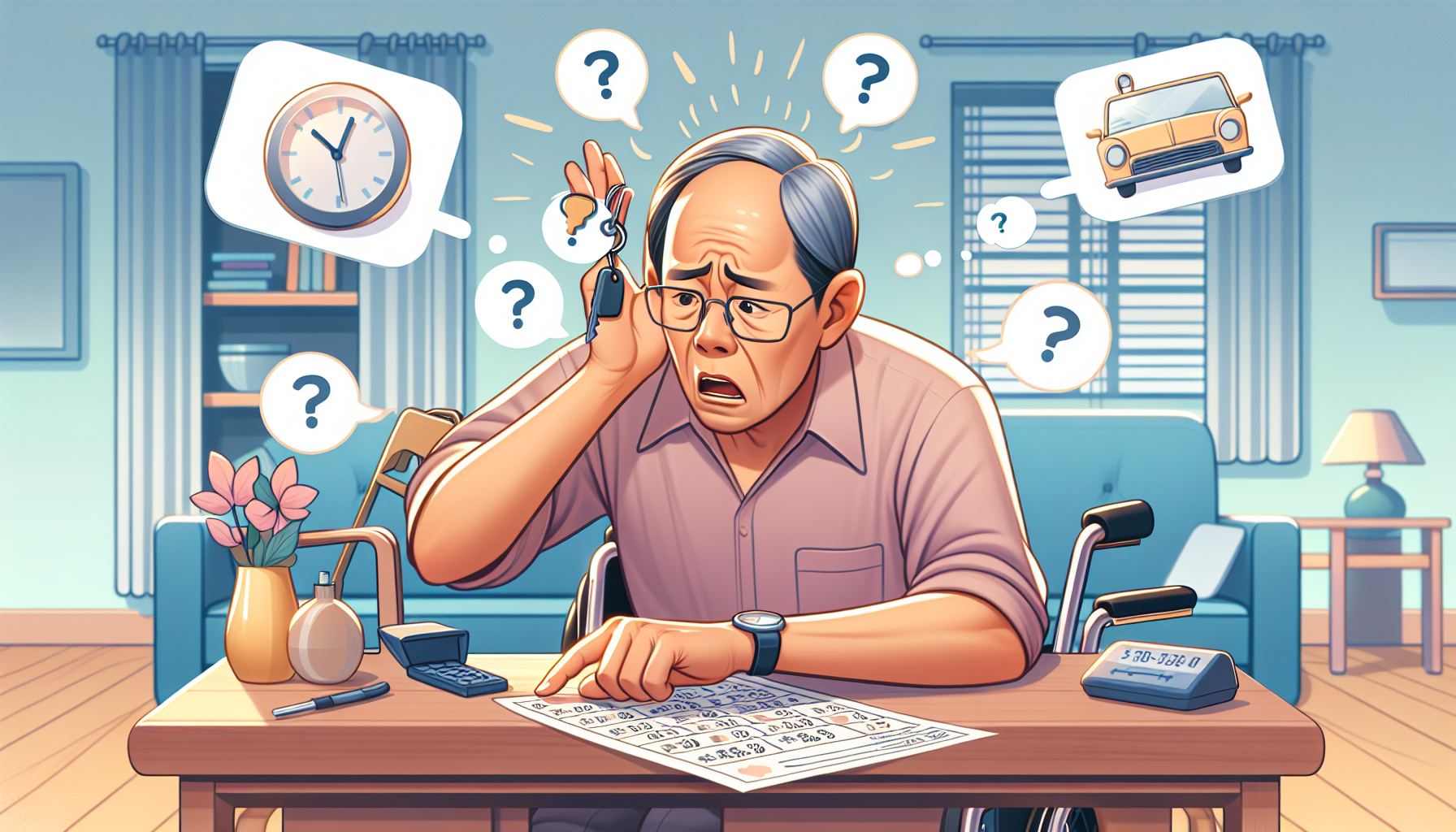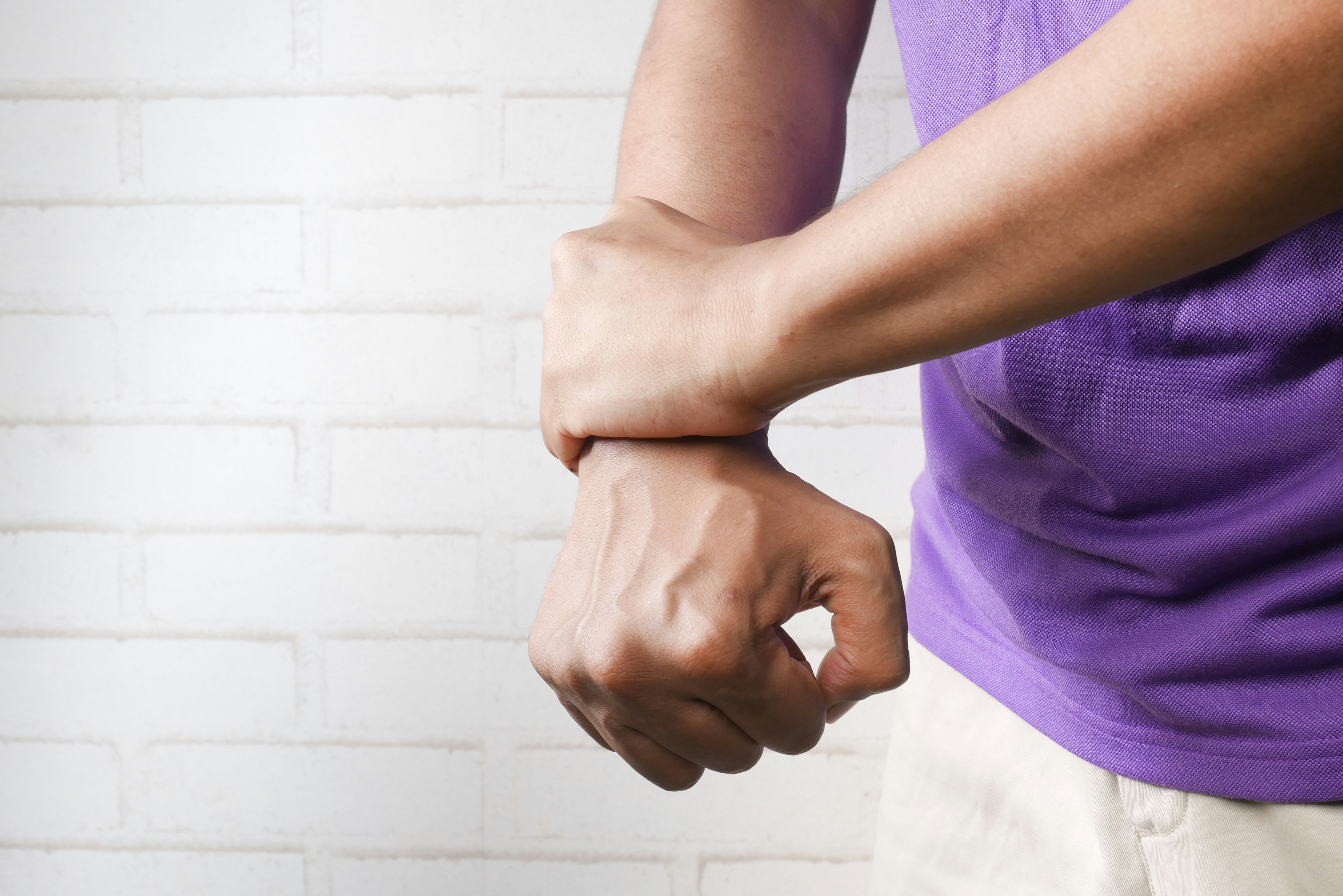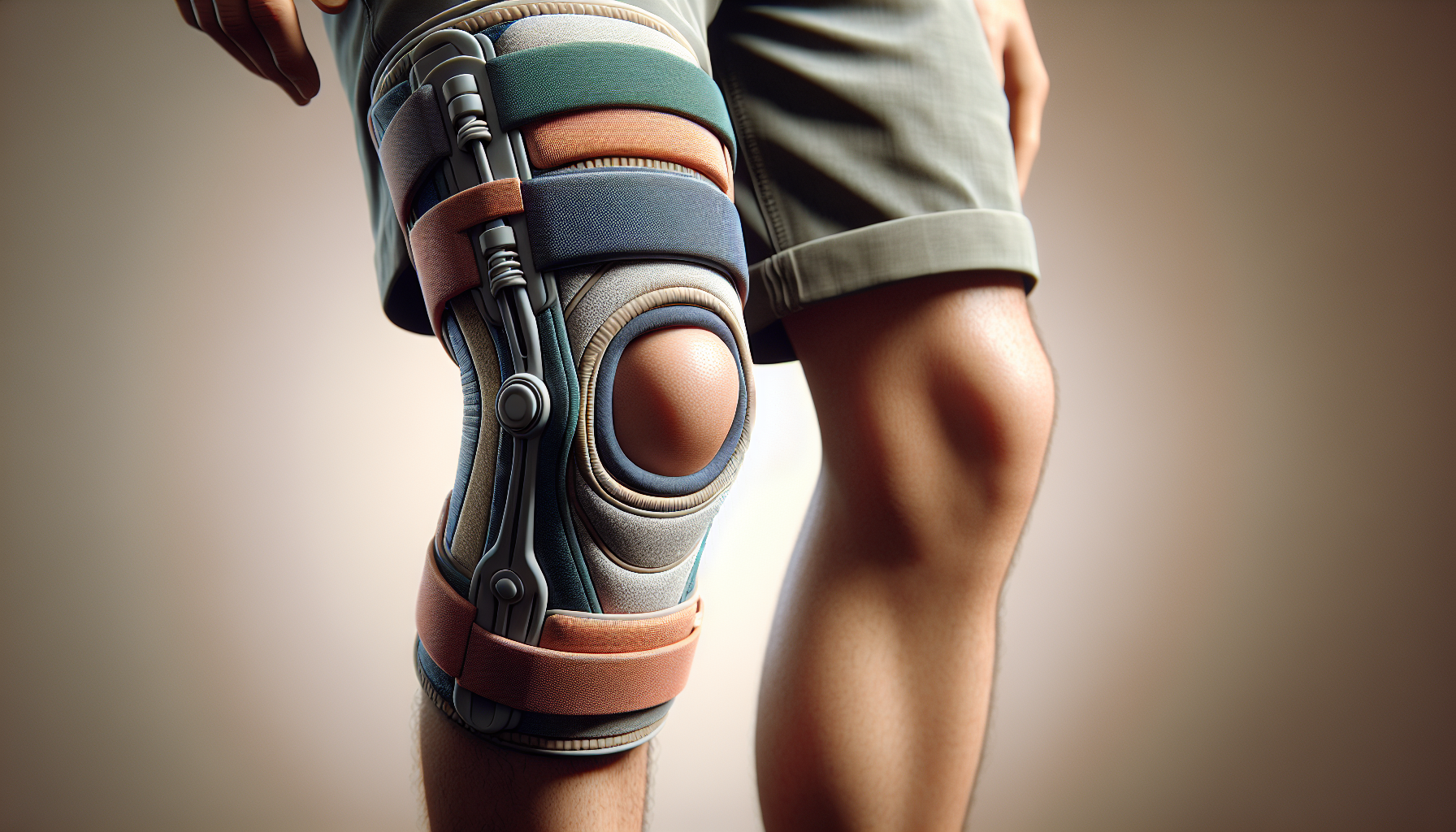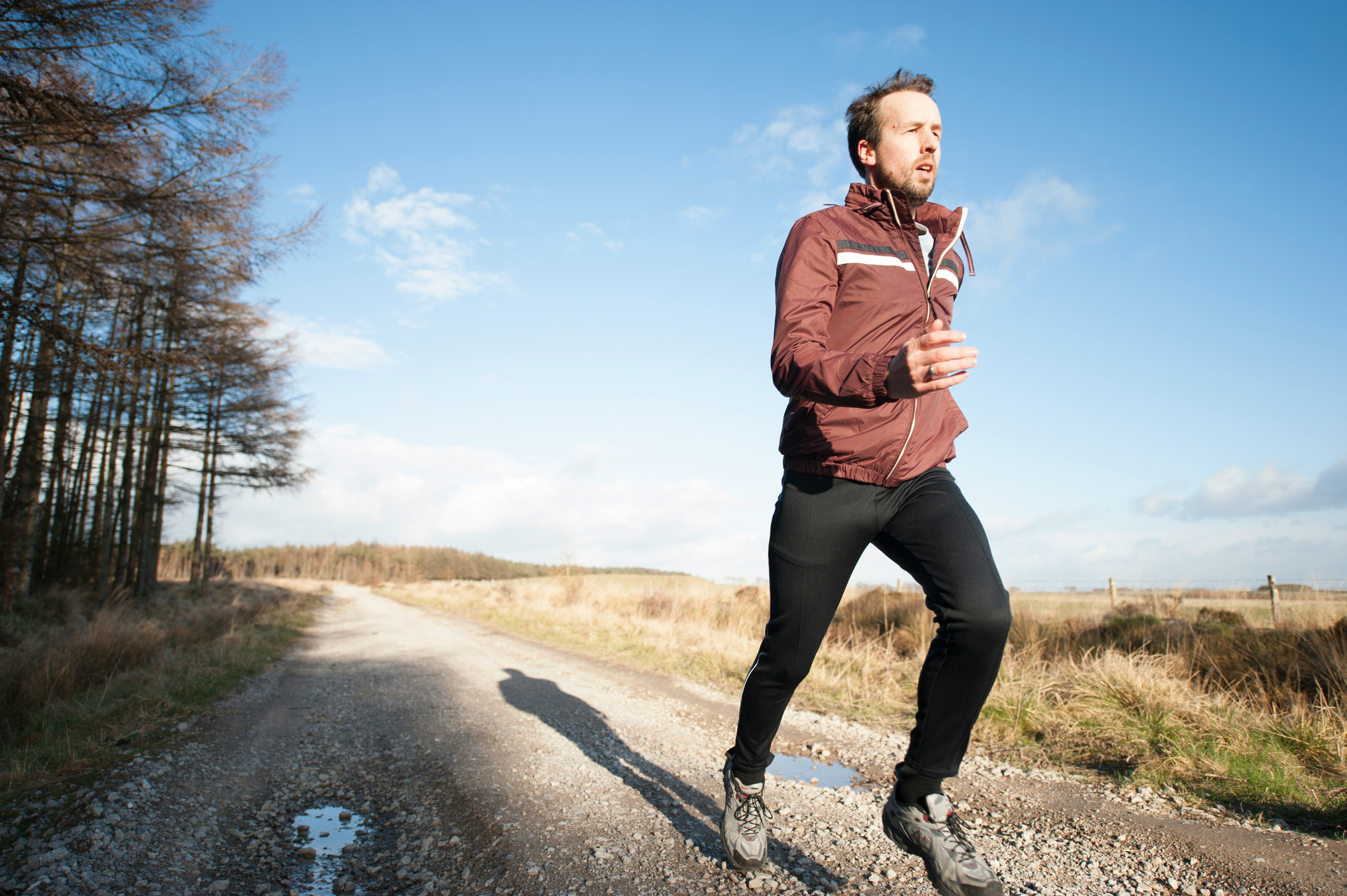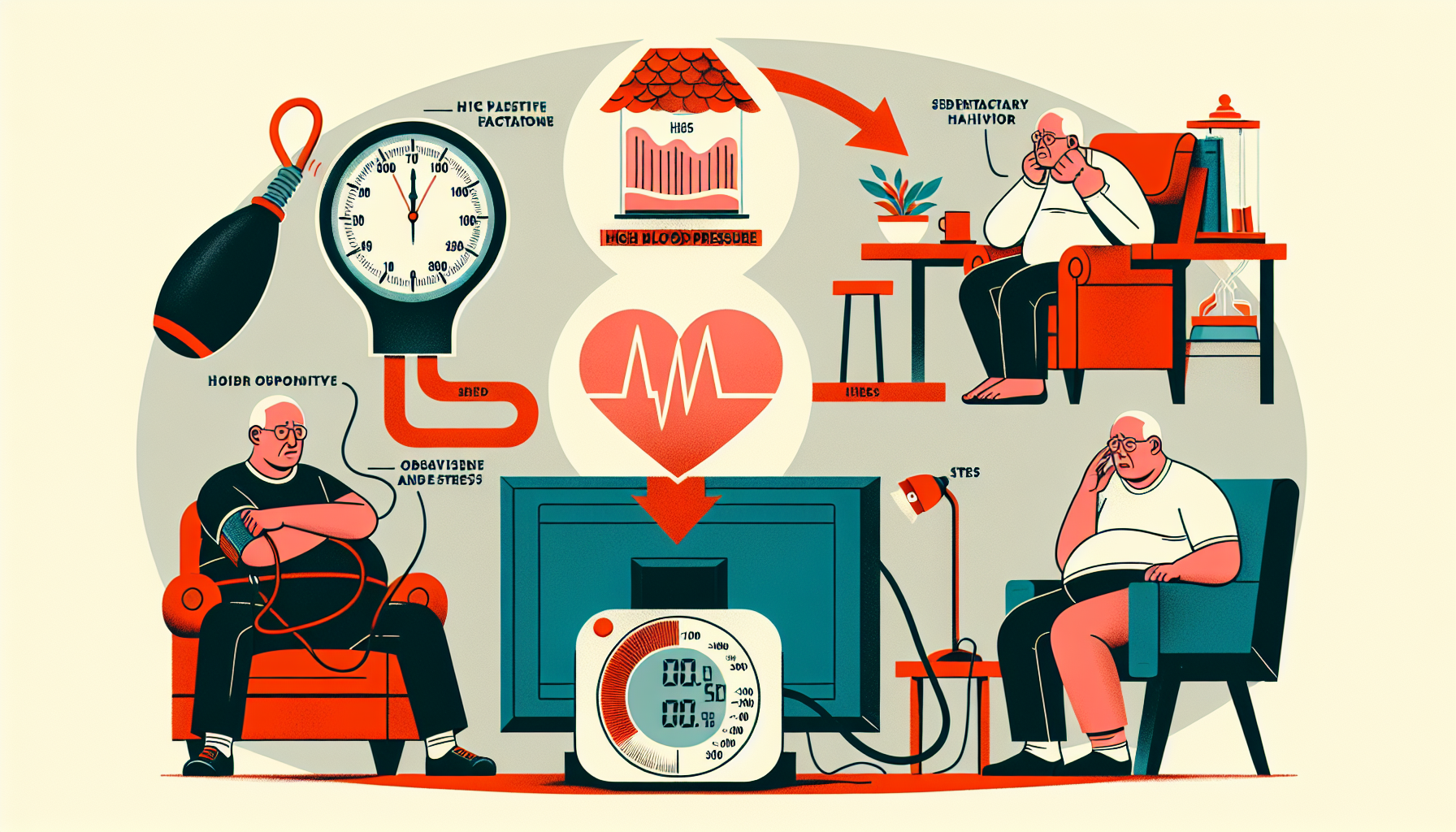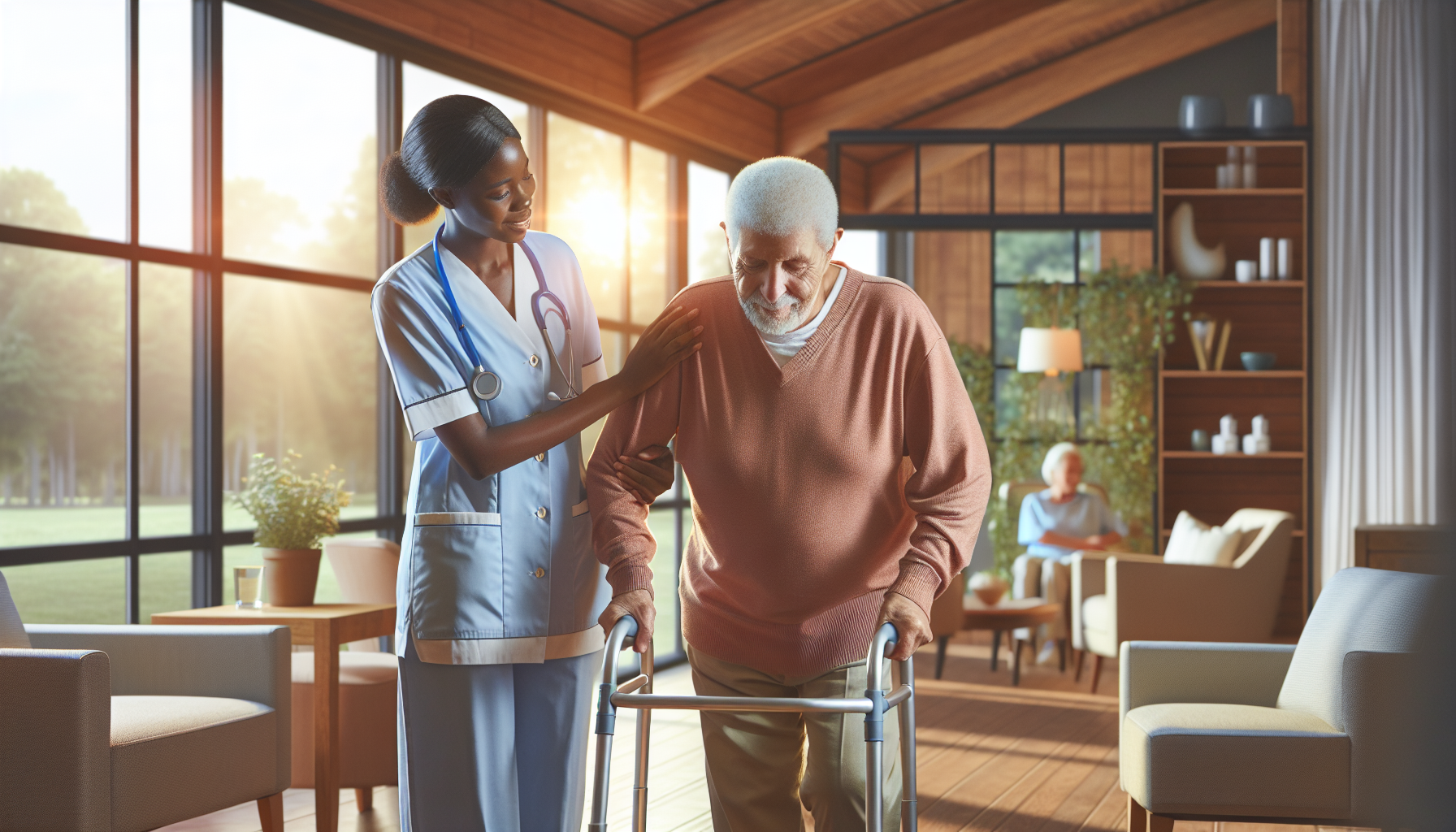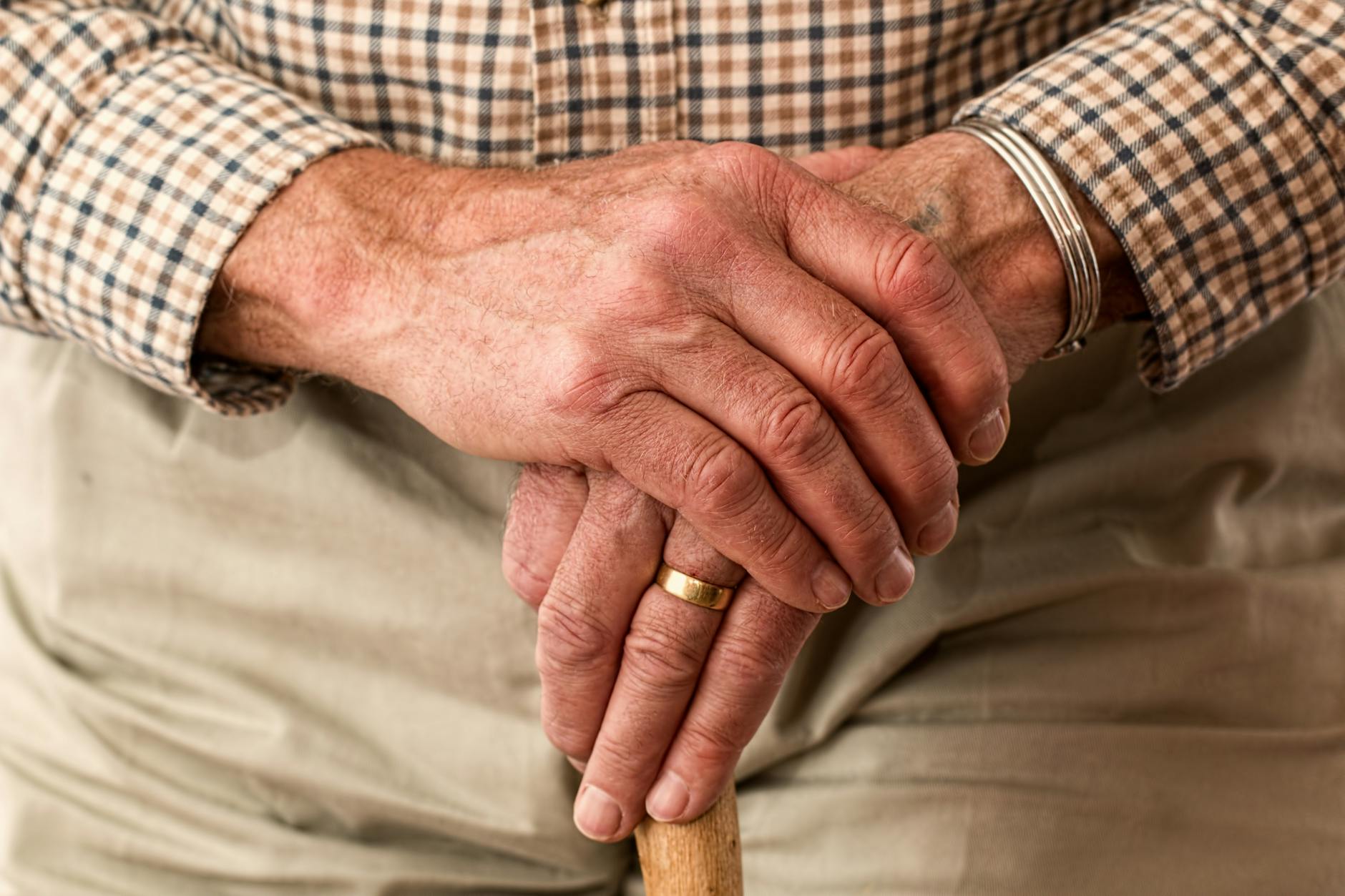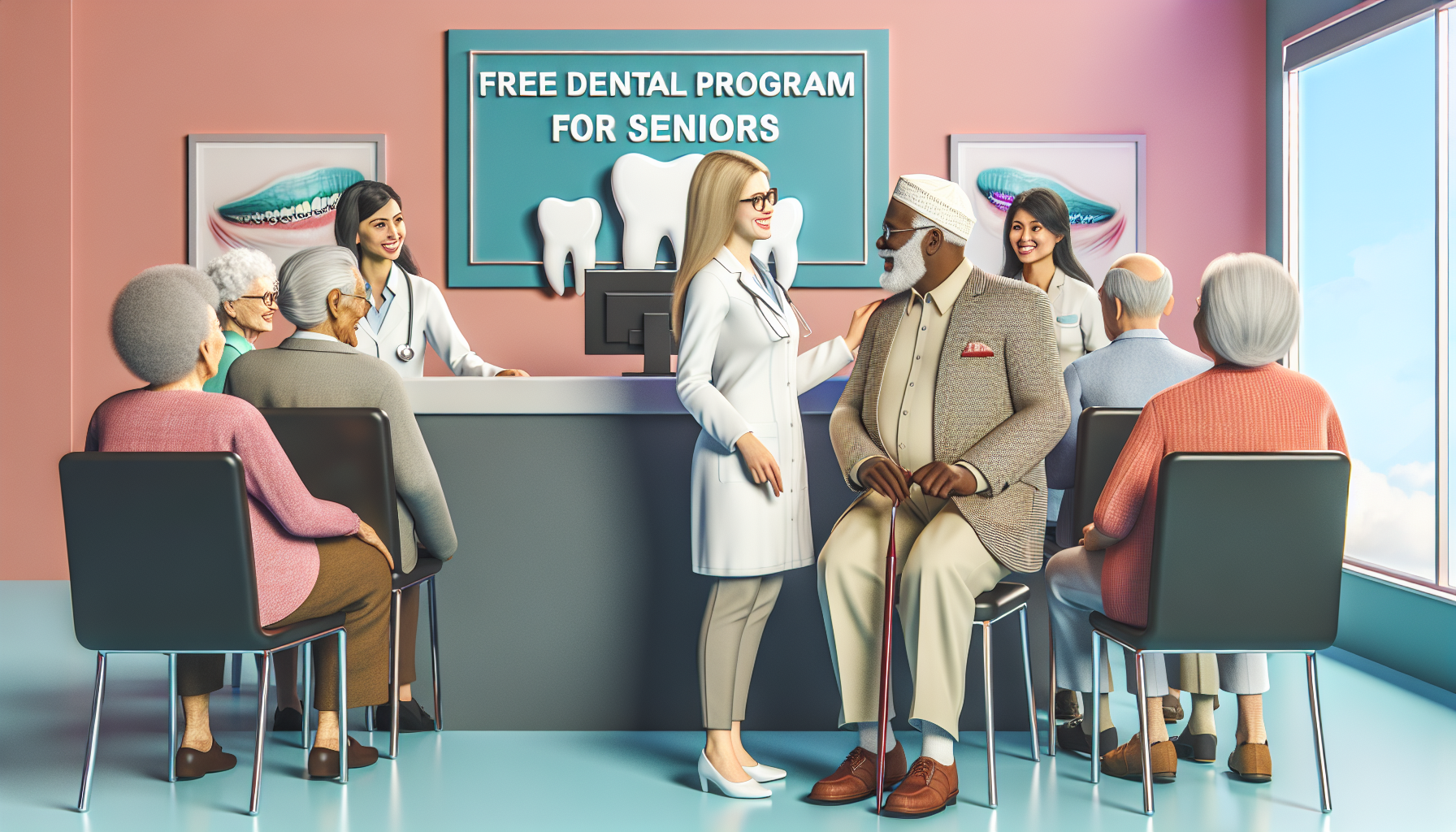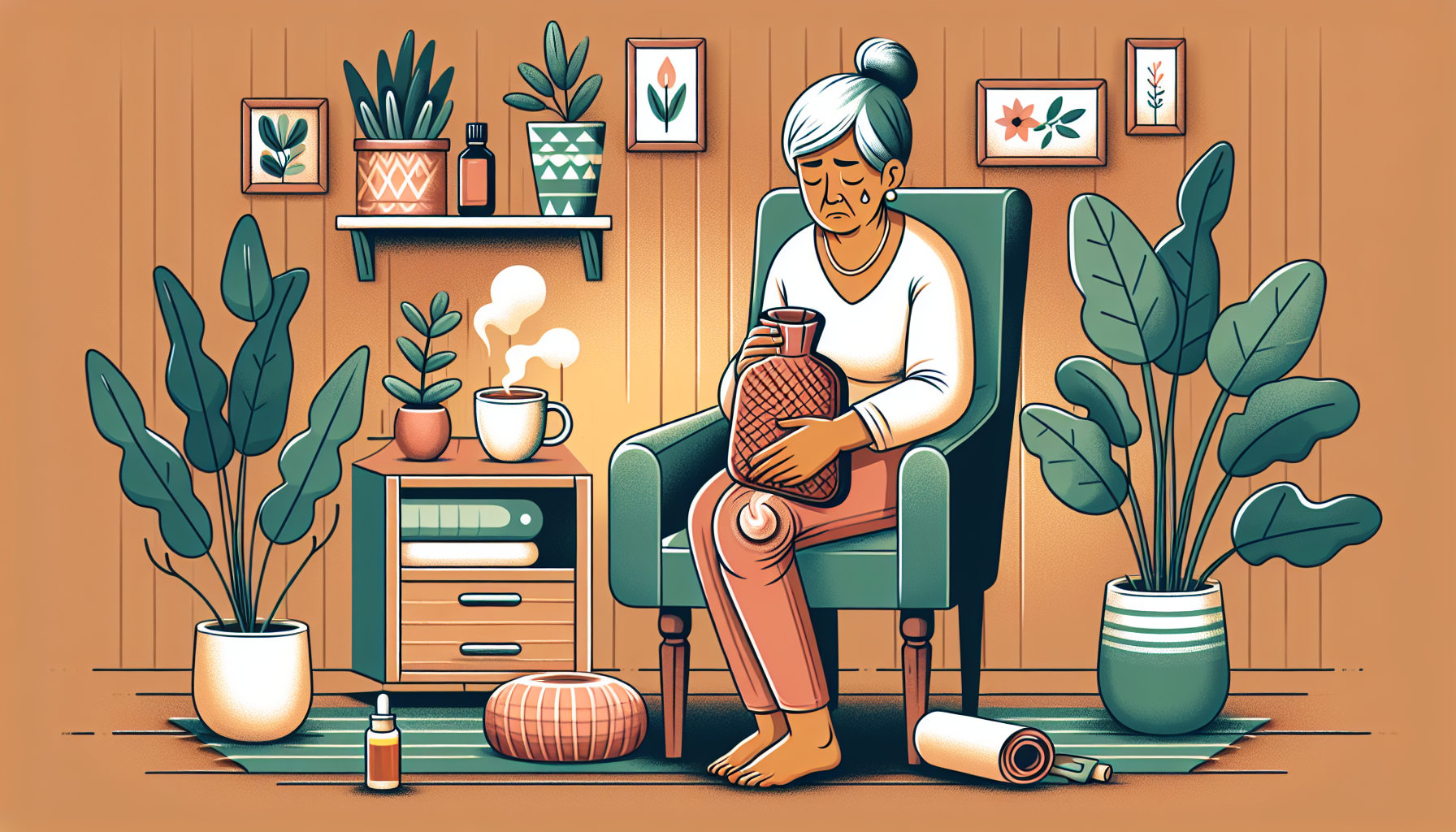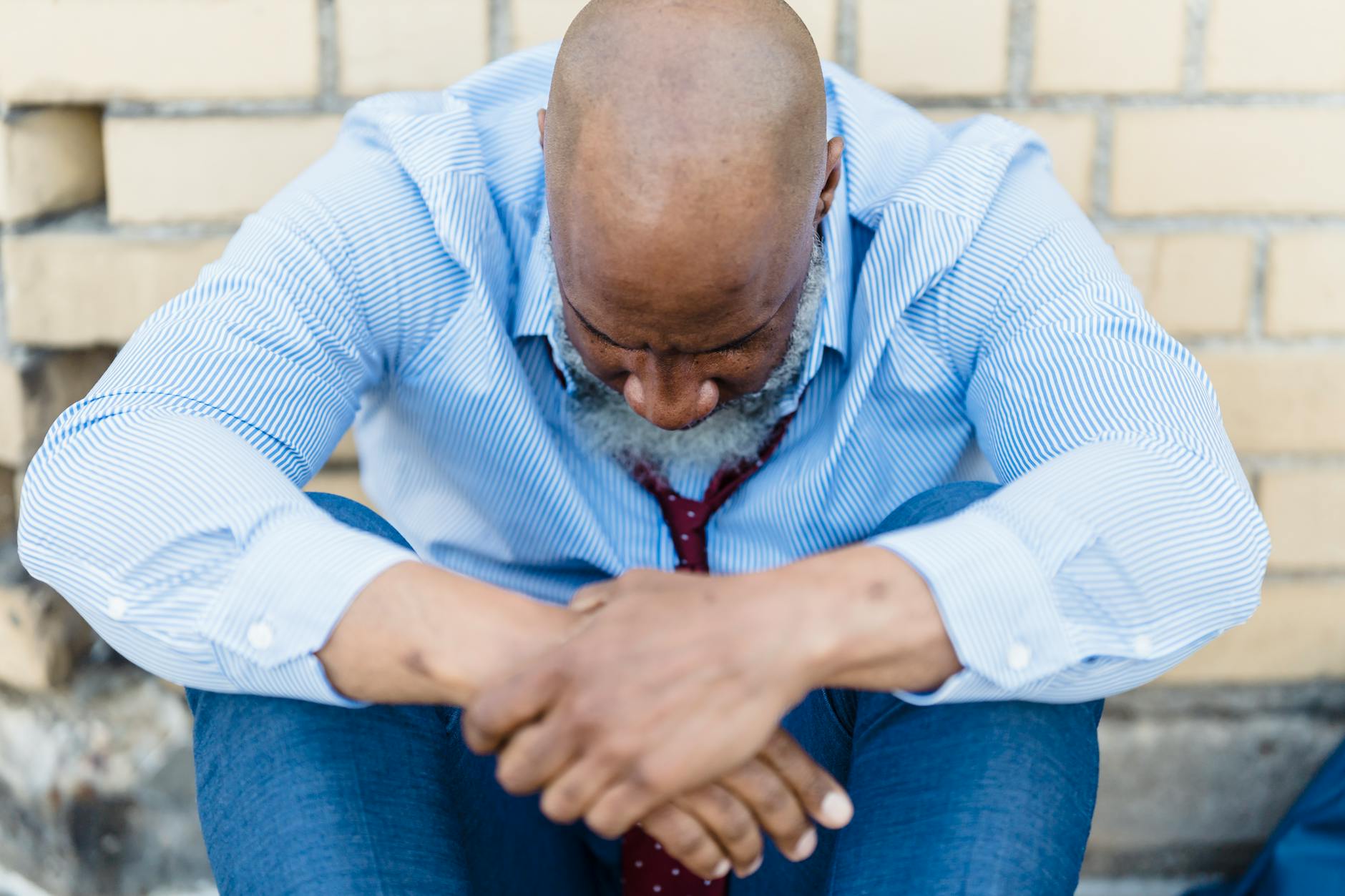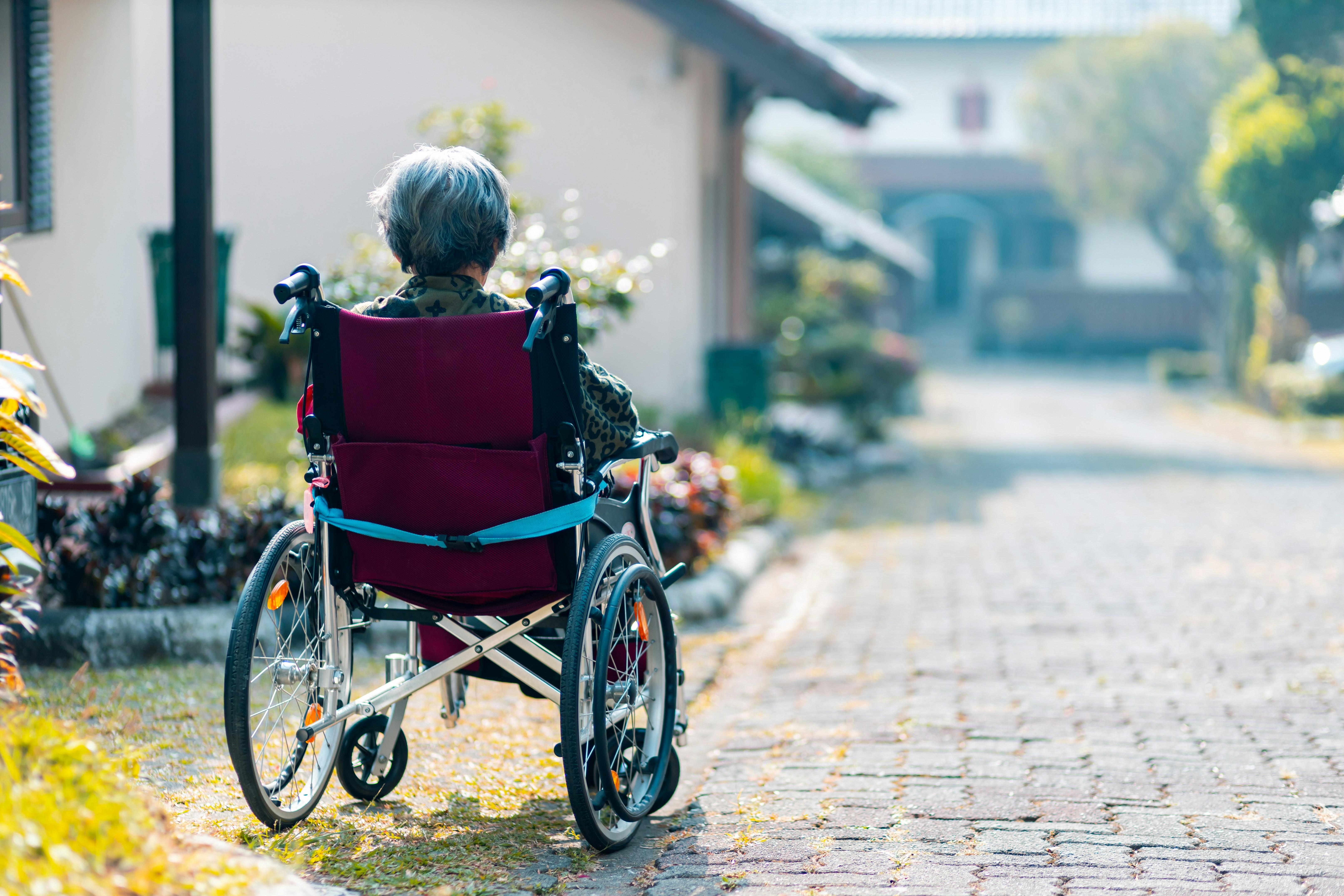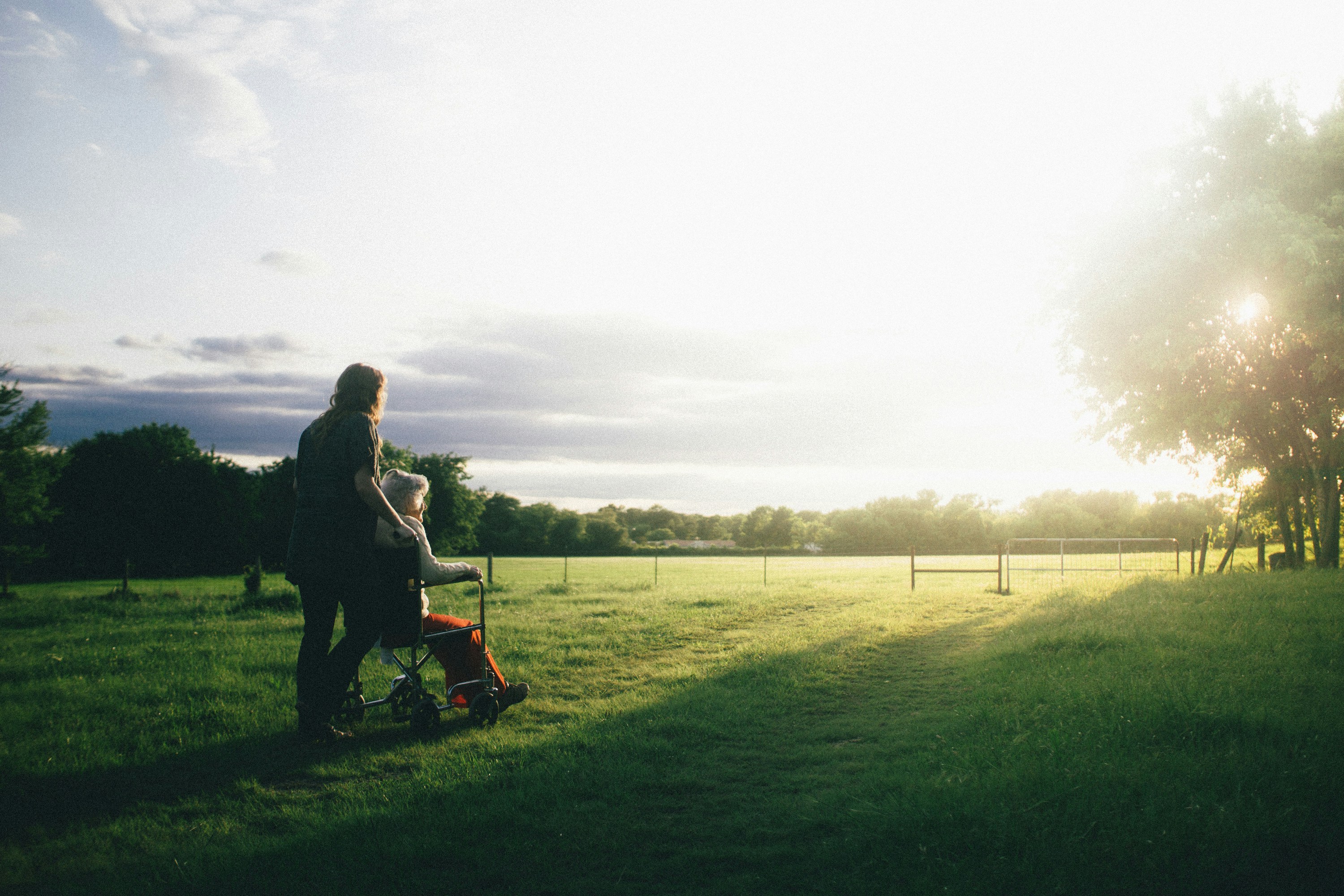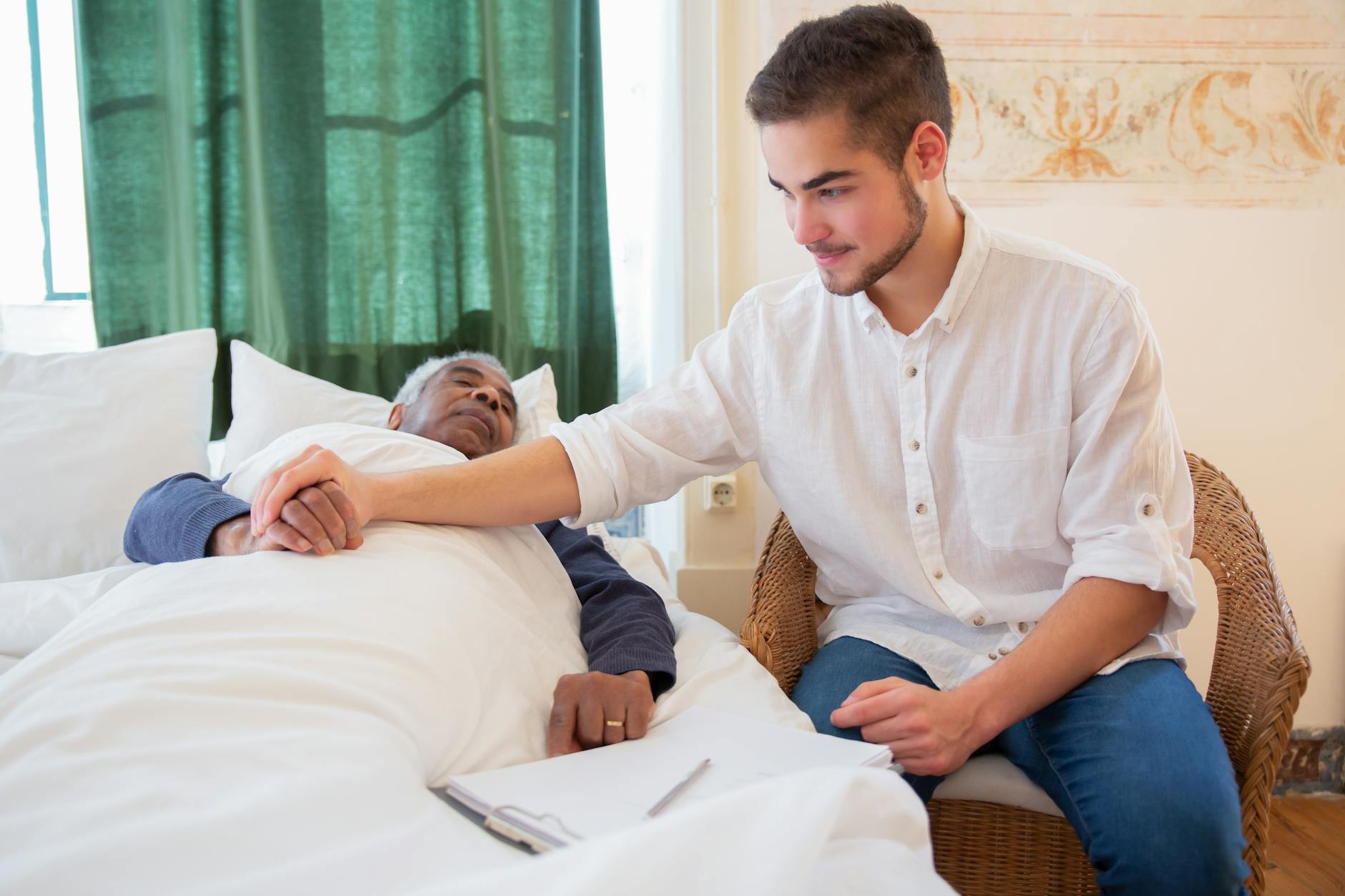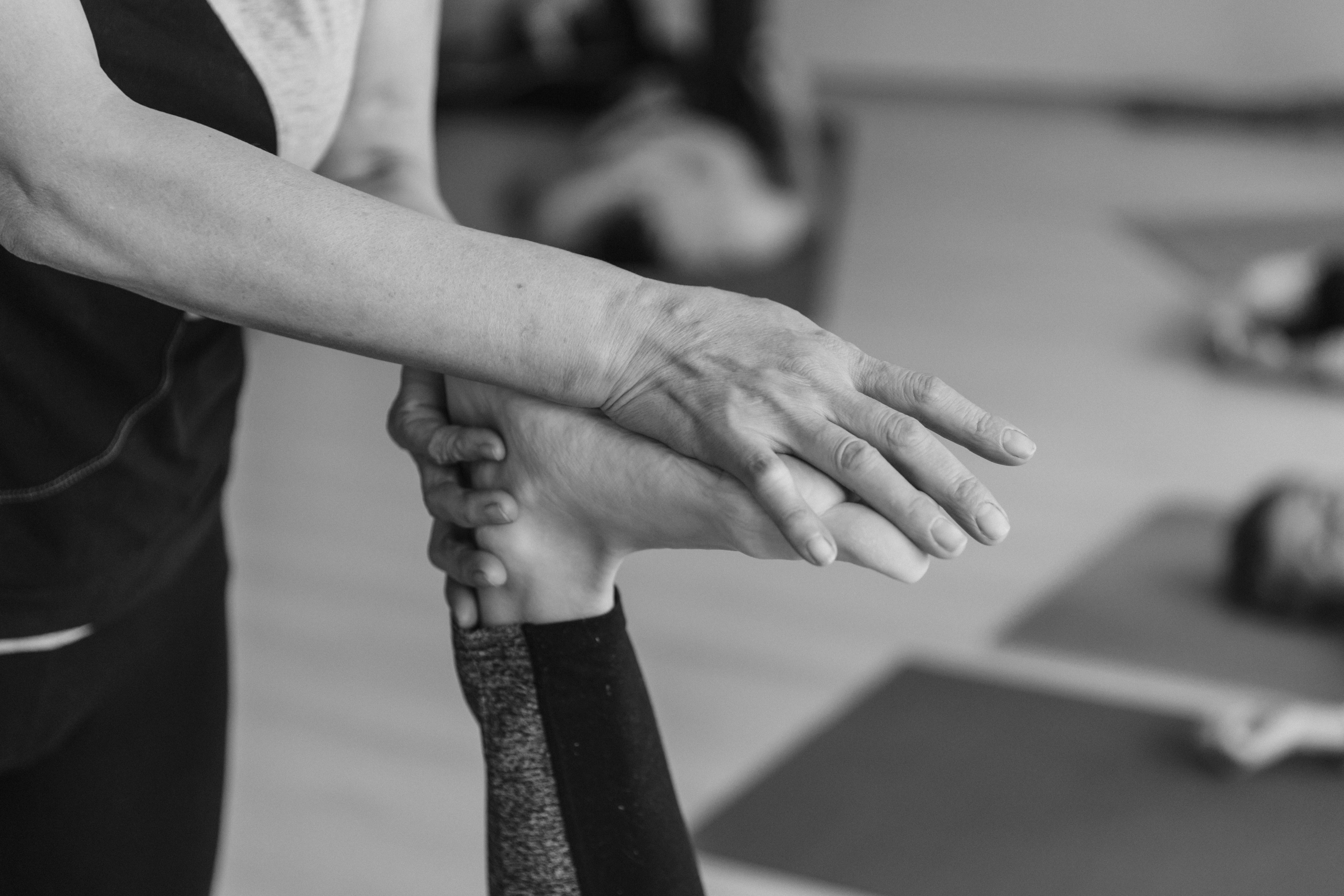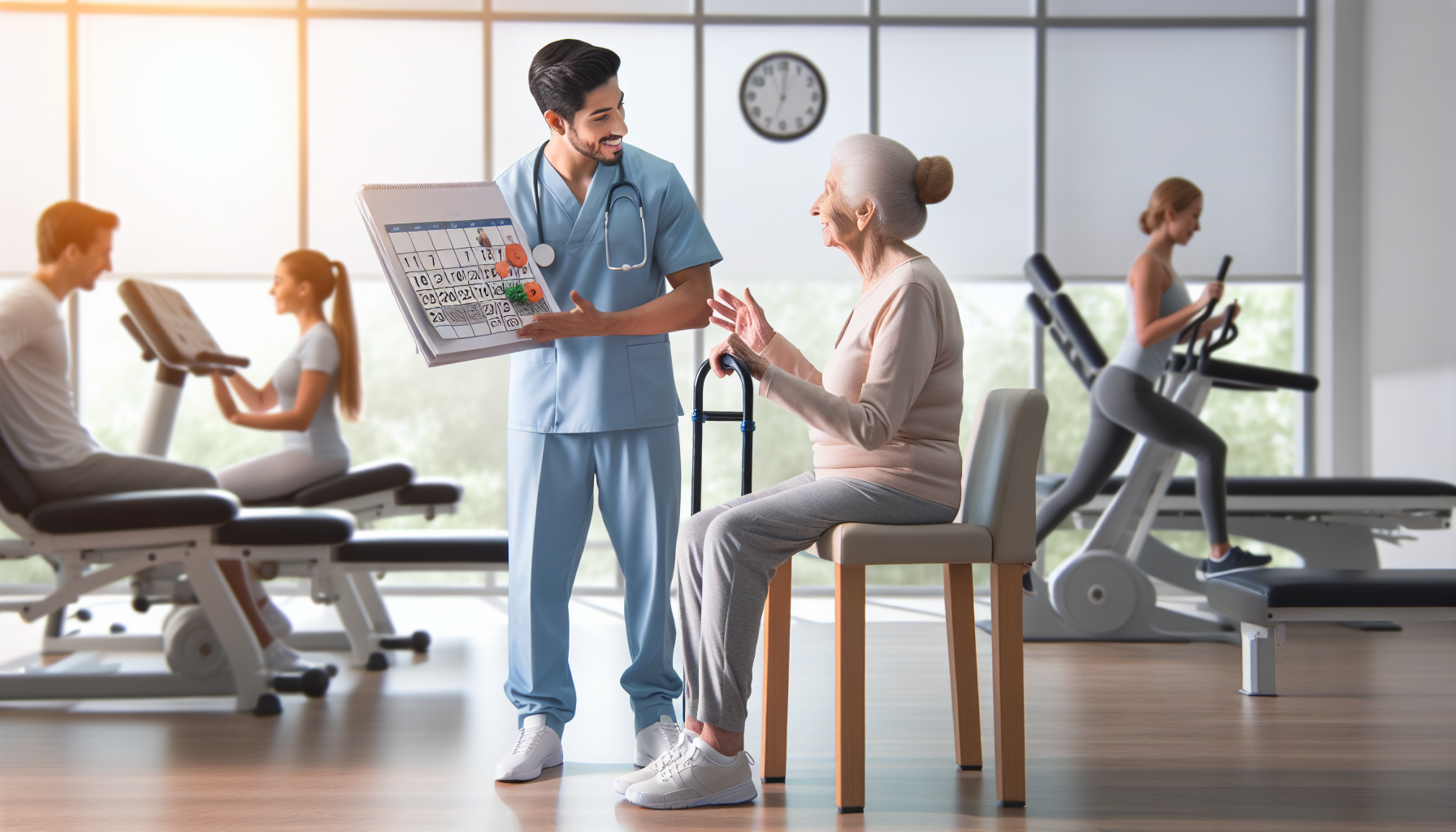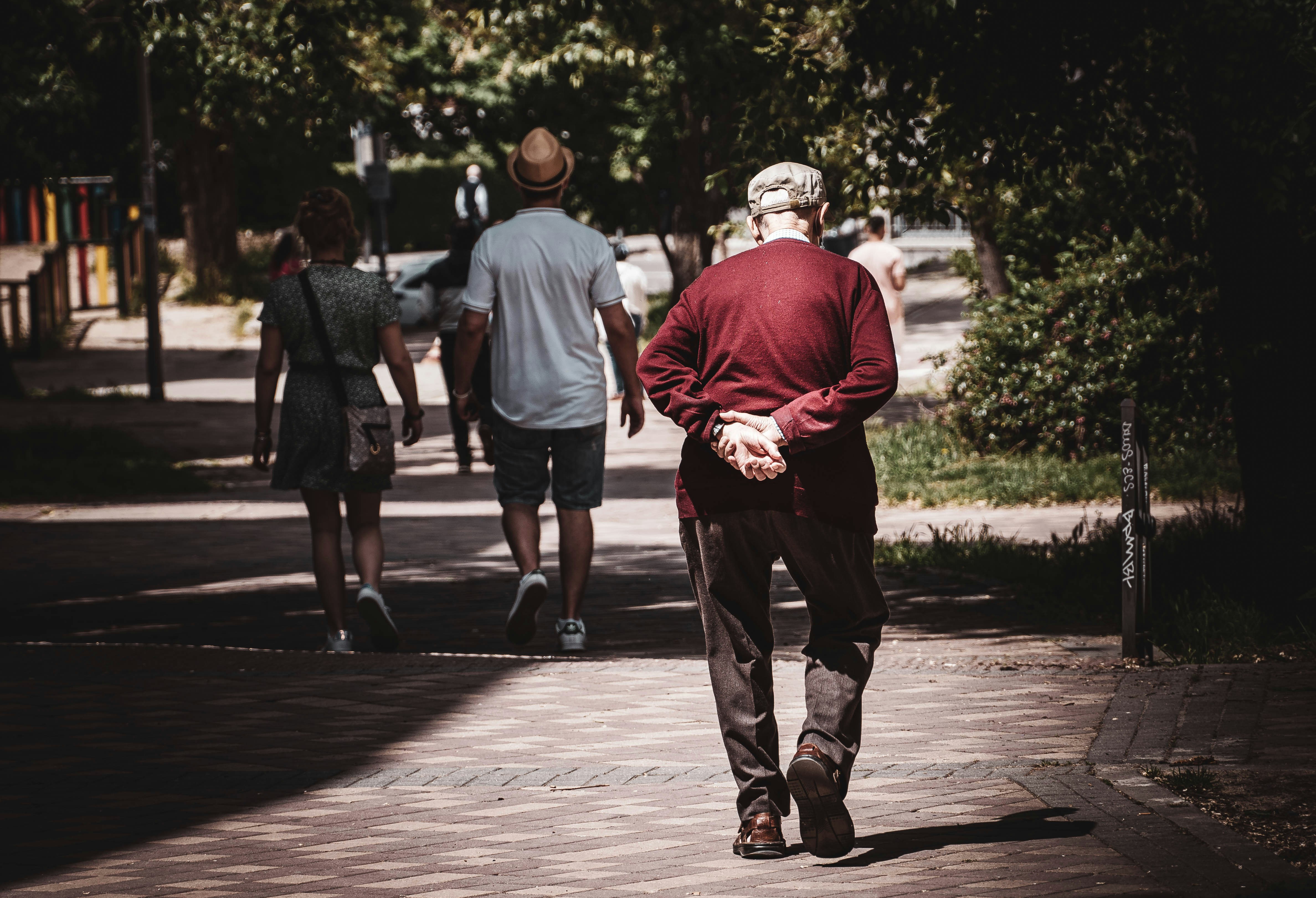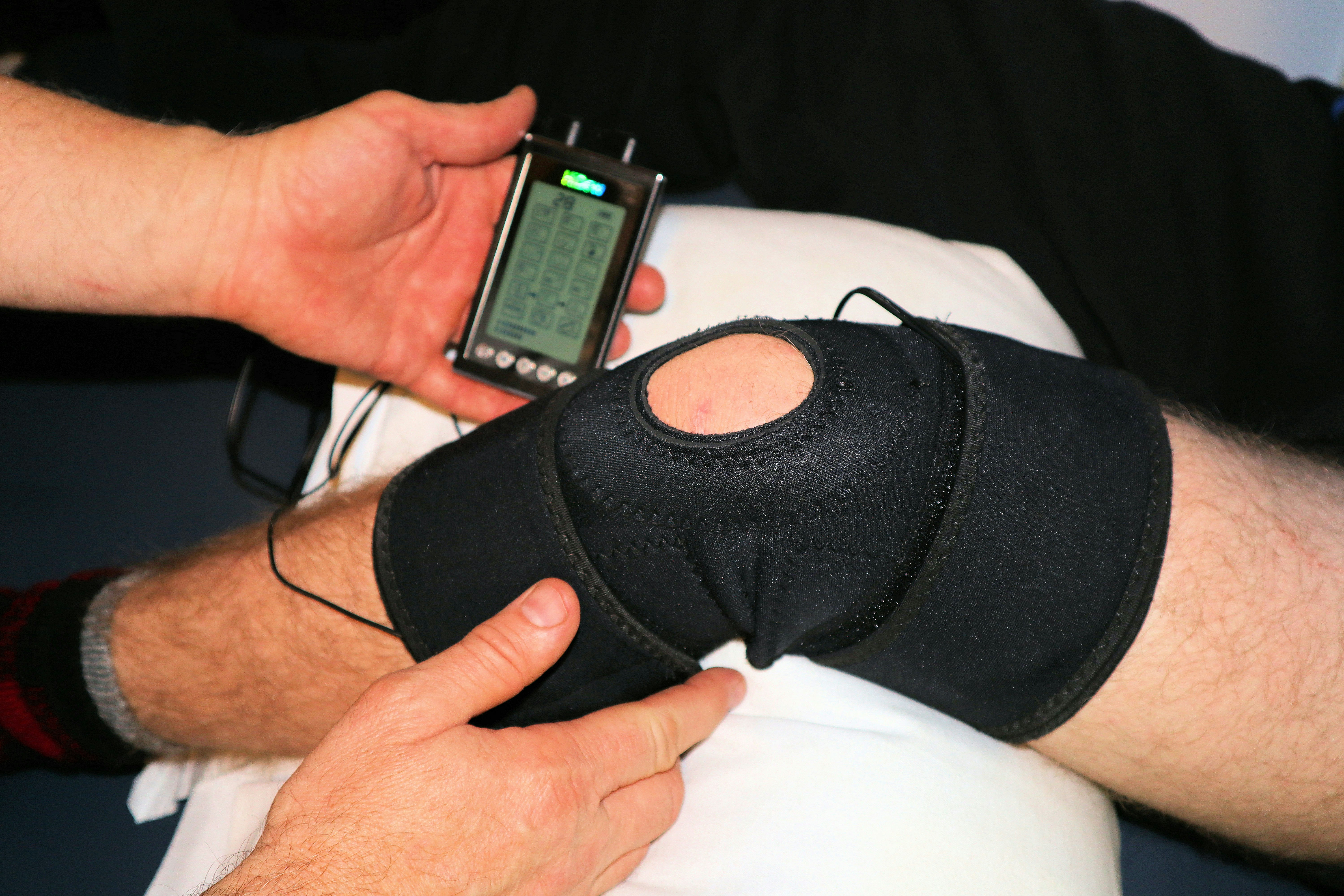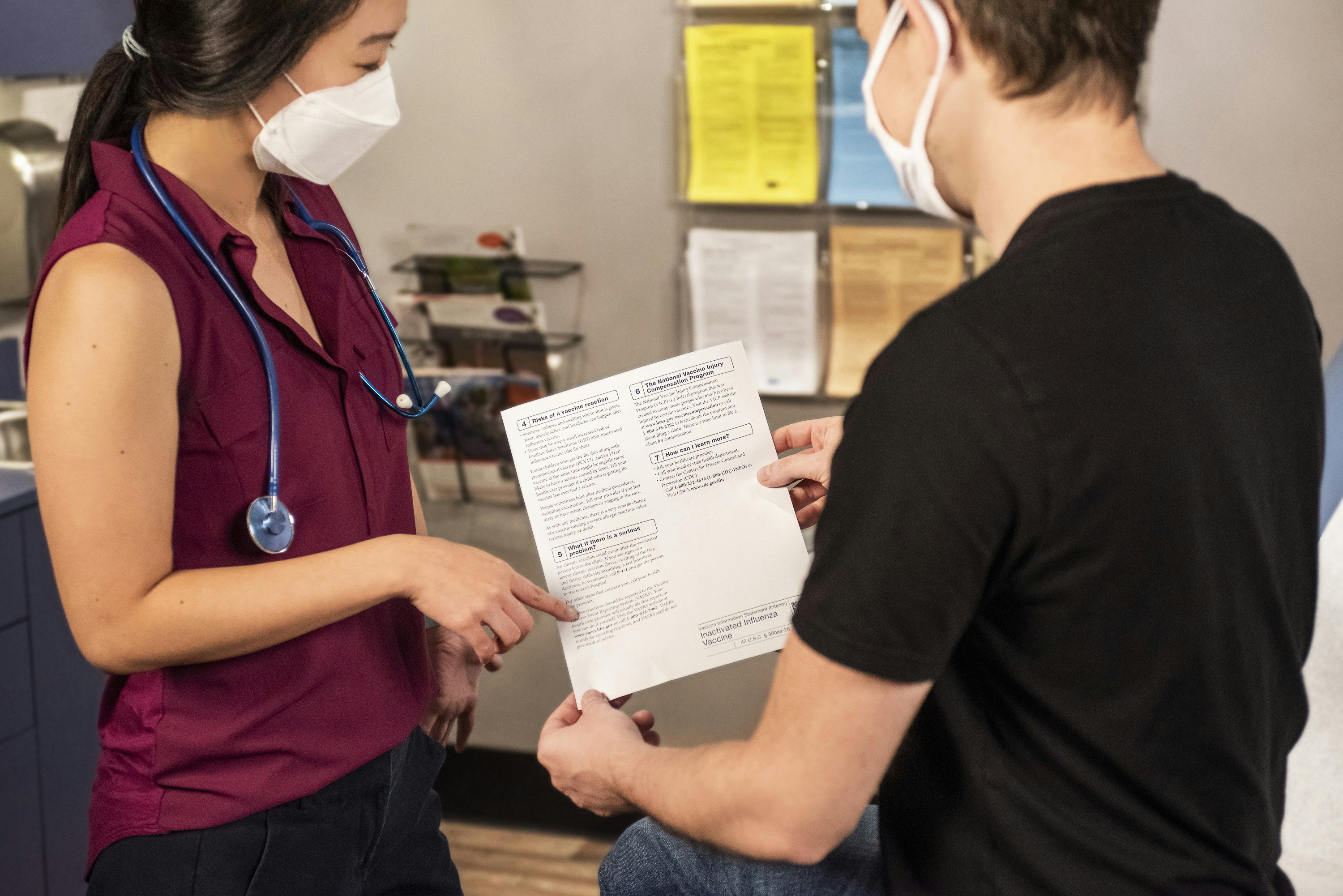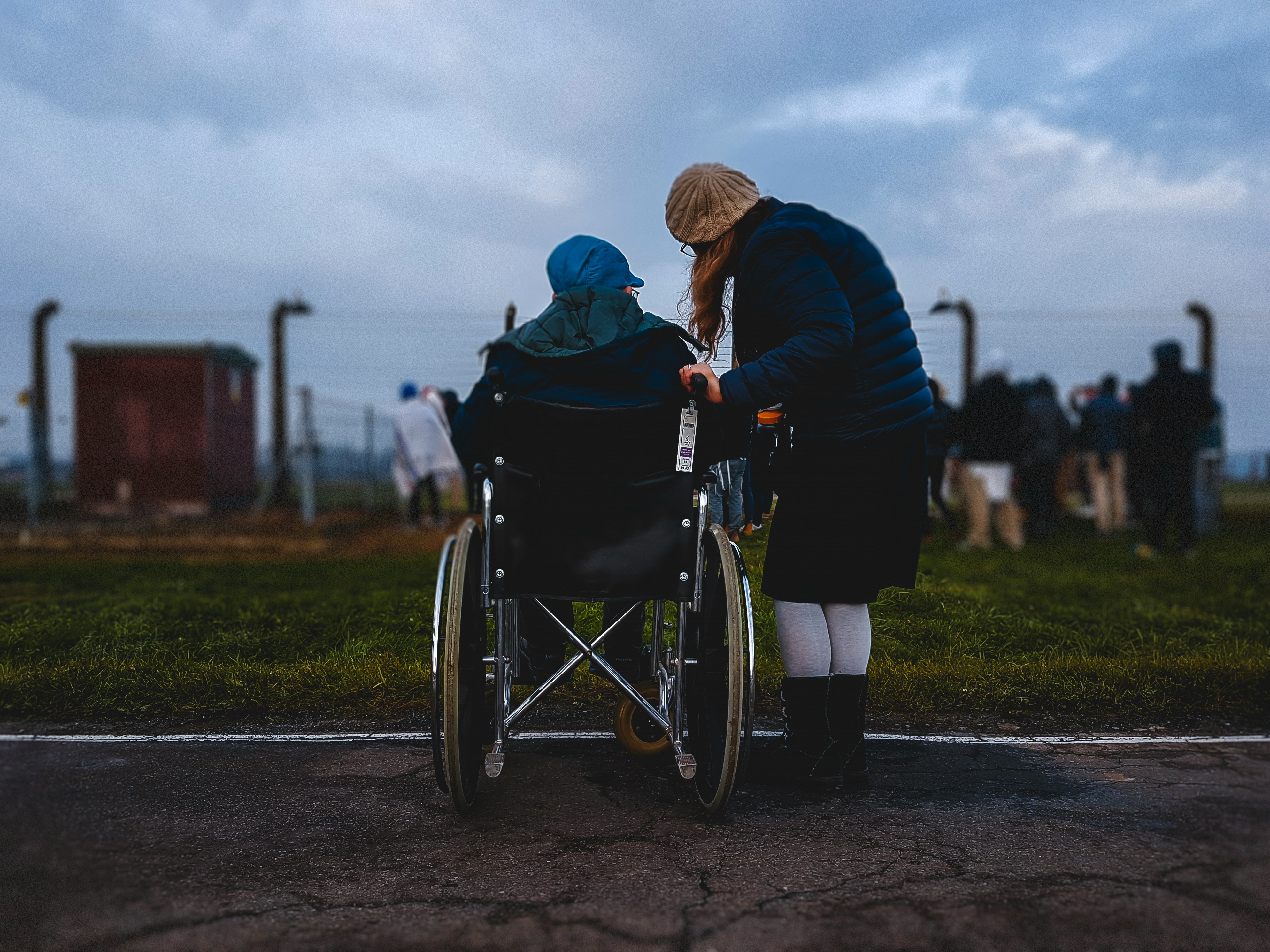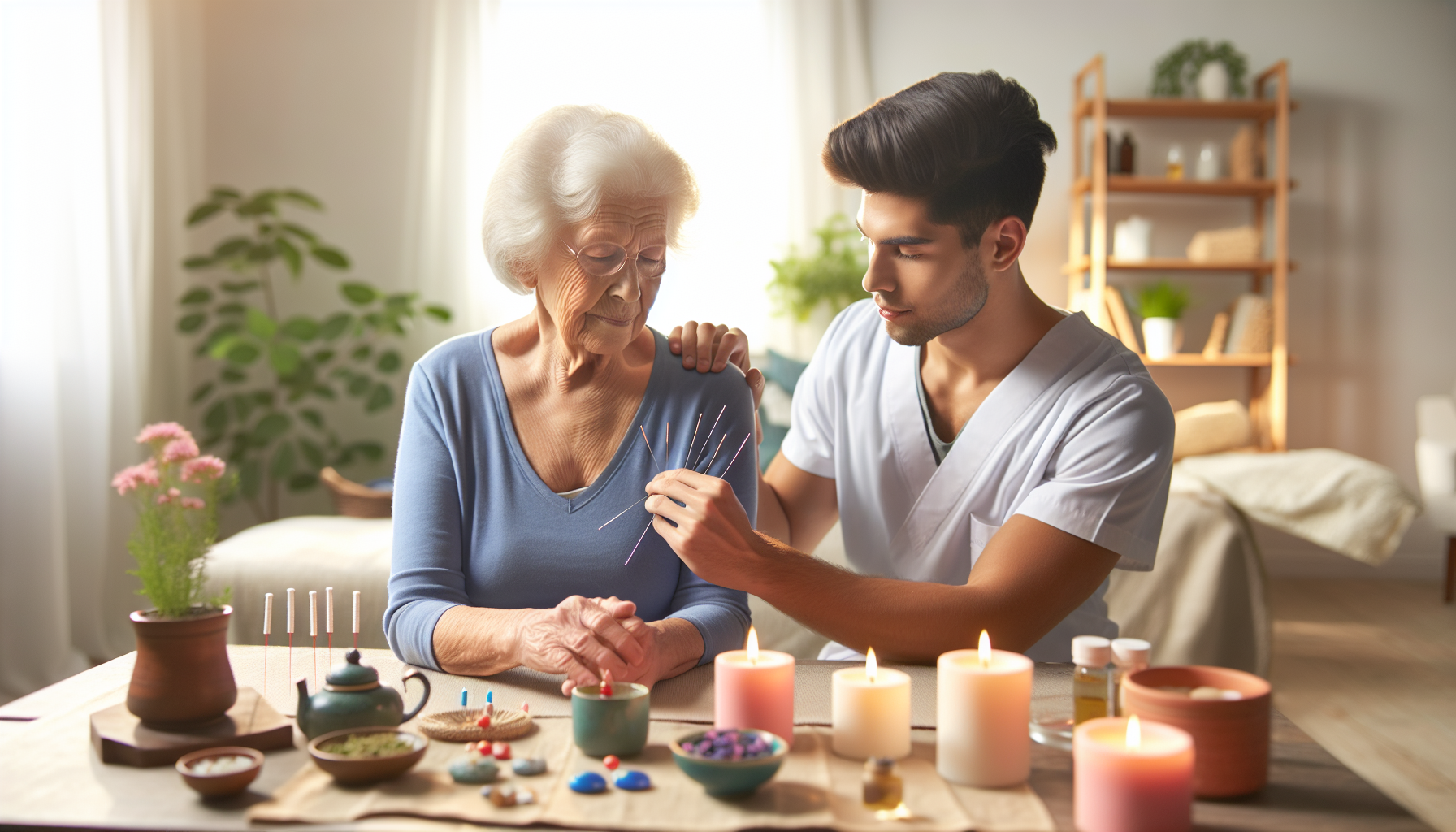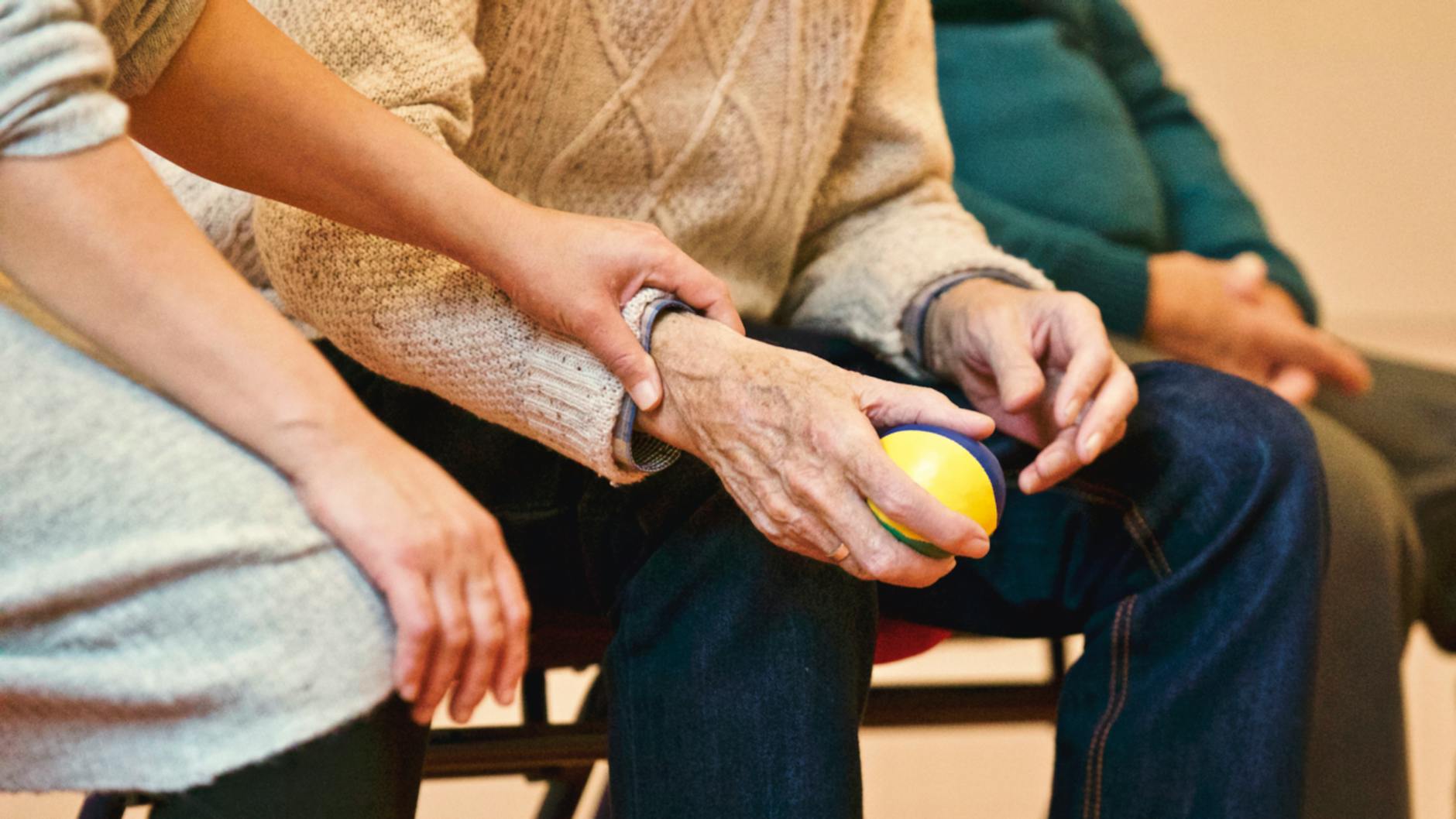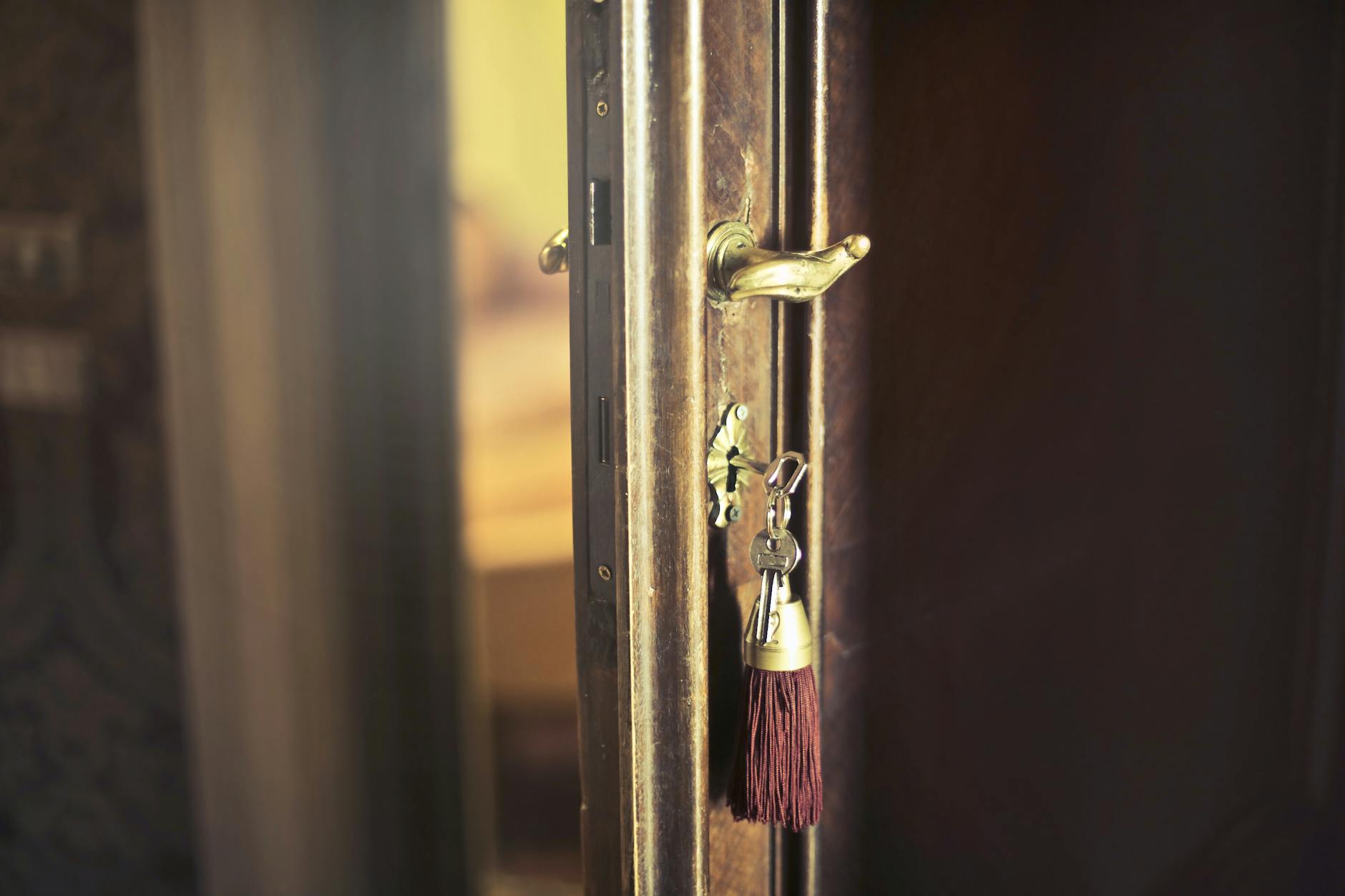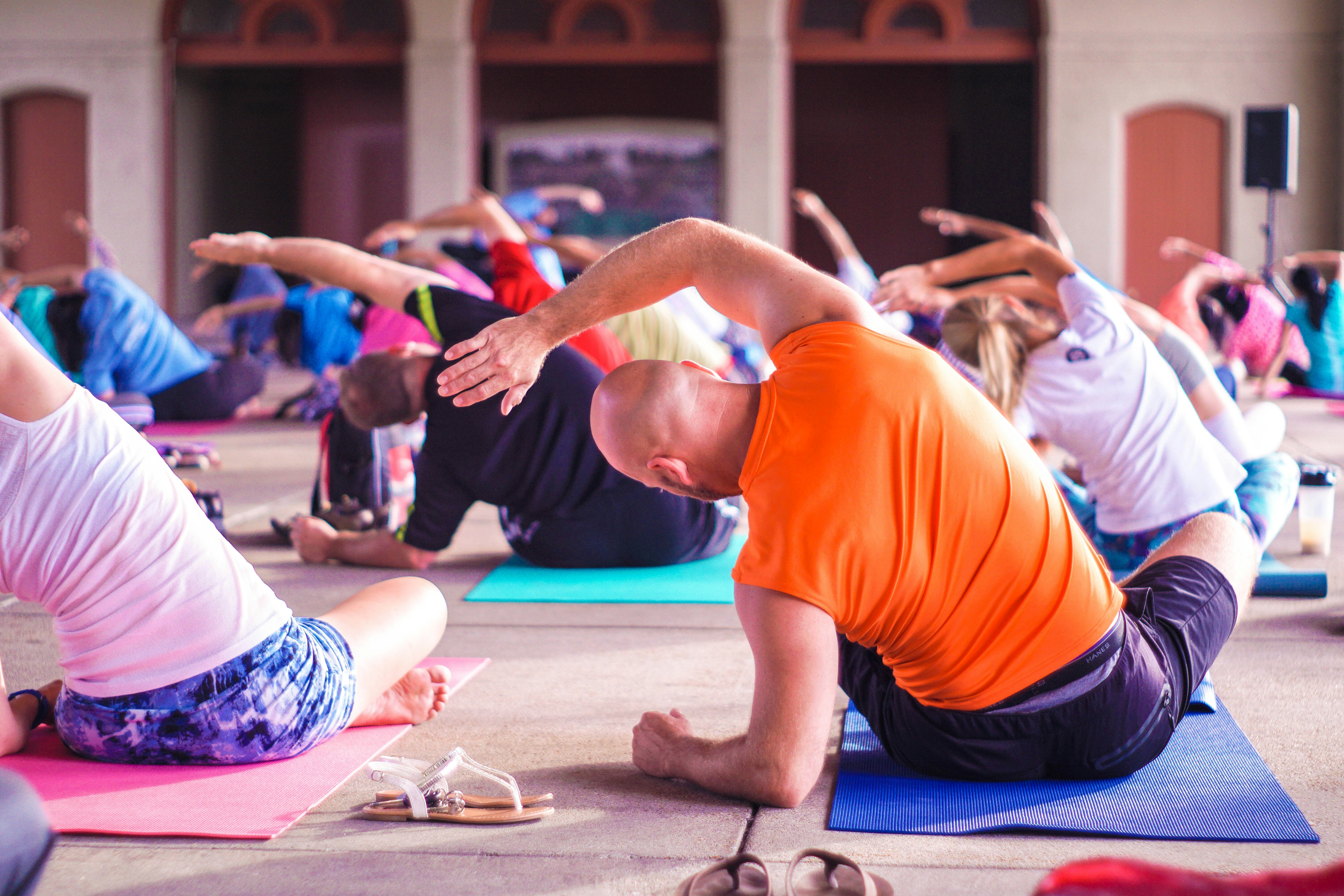Shoes For Elderly People
In this article, we’ll explore the best types of shoes for those with arthritis, and provide tips for finding the perfect pair.
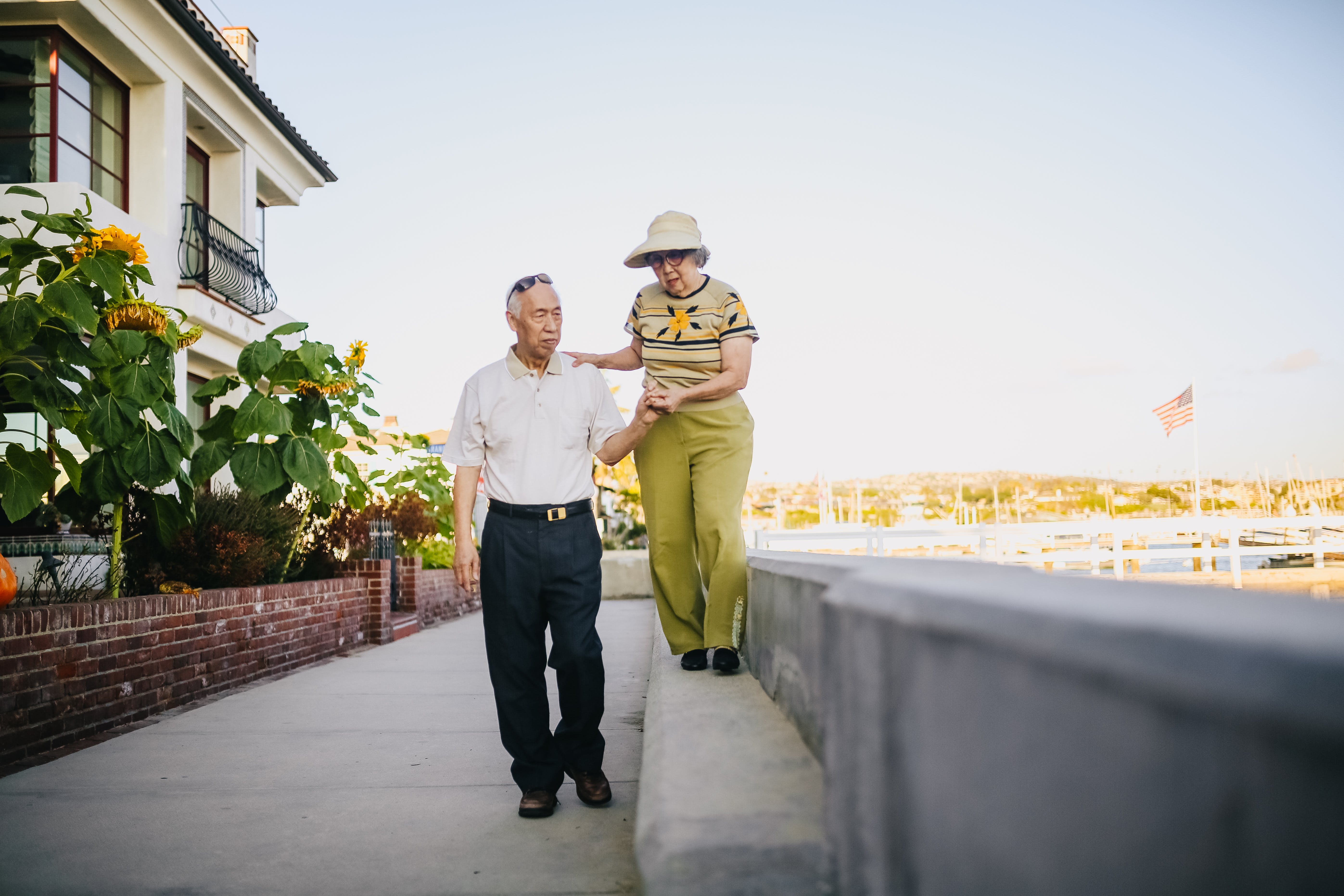
Shoes For Elderly People
Arthritis, a condition characterized by inflammation and stiffness in the joints, can have a significant impact on foot health, particularly among the elderly. It is important to recognize the effects of arthritis on the feet and the importance of proper footwear for elderly individuals dealing with this condition.
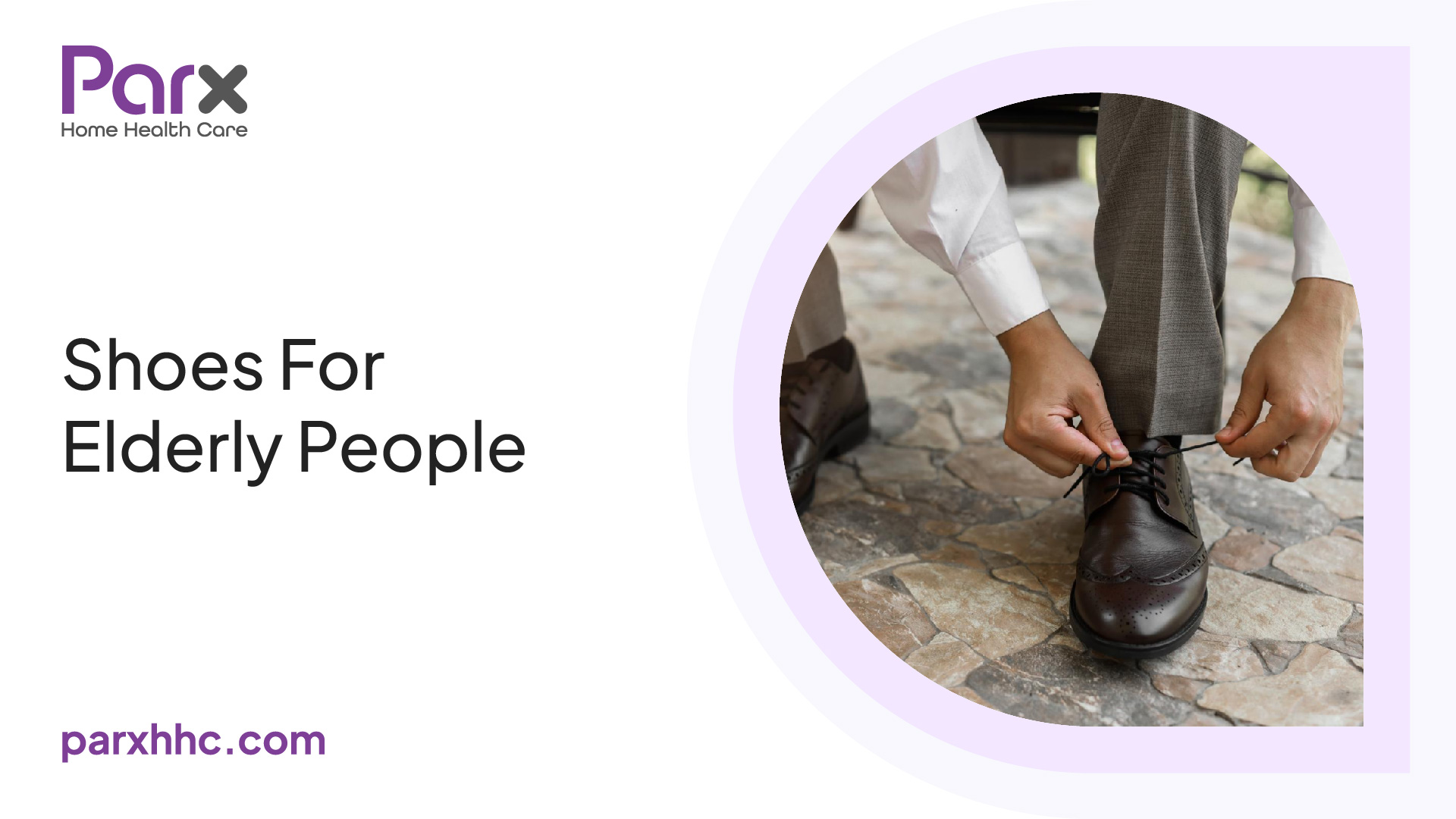
Impact of Arthritis on Foot Health
Arthritis can affect the feet in various ways. The joints in the feet, such as those in the toes, ankles, and the middle of the foot, may become inflamed and painful. This can lead to difficulty in walking, decreased mobility, and an increased risk of falls. The foot arches may also be affected, resulting in flattened or collapsed arches, which can further contribute to foot pain and instability.
In addition to joint inflammation, arthritis can cause changes in the foot structure, including the development of bunions, hammertoes, and bone spurs. These structural changes can lead to discomfort, difficulty finding properly fitting shoes, and an increased risk of foot deformities.
Importance of Proper Footwear for Elderly with Arthritis
Wearing appropriate footwear is crucial for elderly individuals with arthritis as it can help alleviate foot pain, provide support and stability, and improve overall mobility. The right shoes can help reduce pressure on the joints, absorb shock, and promote proper foot alignment.
Choosing the right footwear involves considering several factors. Comfort and cushioning are essential, as they help reduce impact on the feet and provide a soft, supportive environment. Support and stability are also crucial to minimize joint stress and maintain balance while walking. Furthermore, ease of use and accessibility are important considerations, especially for individuals with limited mobility or dexterity.
By selecting shoes with features specifically designed for arthritis relief, such as a wide toe box, adjustable closures, and shock absorption, individuals with arthritis can experience enhanced comfort and improved foot function.
In the following sections, we will explore key considerations for choosing shoes, as well as specific shoe features and types that are particularly beneficial for elderly individuals with arthritis. Additionally, we will provide additional tips for foot care, including regular exercises and stretches, proper sizing and fit, and regular visits to a podiatrist.
Key Considerations for Shoes
When selecting shoes for elderly individuals with arthritis, there are several key considerations to keep in mind. The right shoes can provide much-needed comfort and support, helping to alleviate pain and improve mobility. Here are three important factors to consider:
Comfort and Cushioning
Comfort is paramount when choosing shoes for elderly individuals with arthritis. Look for shoes that have ample cushioning to provide shock absorption and reduce pressure on the feet and joints. This cushioning can help ease discomfort and improve overall comfort while walking or standing.
Furthermore, it's essential to ensure that the shoes have a soft and supportive insole that provides adequate arch support. This helps to maintain proper foot alignment and reduce strain on the feet and ankles.
Support and Stability
Shoes for elderly individuals with arthritis should offer excellent support and stability. Look for shoes with a firm heel counter that holds the heel in place, providing stability and preventing excessive movement. This can help minimize the risk of falls and provide added confidence during walking.
Additionally, shoes with a supportive midsole and outsole can help distribute weight evenly and reduce pressure on sensitive areas. This support can help alleviate pain associated with arthritis and enhance overall foot stability.
Ease of Use and Accessibility
For individuals with arthritis, ease of use and accessibility are crucial factors to consider. Shoes with adjustable closures, such as hook-and-loop straps or Velcro fastenings, can make it easier to put on and take off the shoes, especially for those with limited dexterity or joint pain.
It's also important to consider the weight of the shoes. Lighter-weight shoes can be more comfortable and easier to maneuver, reducing strain on the feet and legs.
By keeping these key considerations in mind, caregivers can select shoes that prioritize comfort, support, and accessibility for elderly individuals with arthritis. These factors can make a significant difference in promoting foot health and overall well-being.
Shoe Features for Arthritis Relief
When selecting shoes for elderly individuals with arthritis, certain features can provide much-needed relief and comfort. Here are three key features to consider: wide toe box, adjustable closures, and shock absorption and cushioning.
Wide Toe Box
A wide toe box is essential for individuals with arthritis as it allows for proper alignment and reduces pressure on the toes. This feature provides ample space for the toes to move and helps accommodate any swelling or deformities associated with arthritis.
By choosing shoes with a wide toe box, you can help alleviate pain and discomfort in the forefoot area. It's important to ensure that the shoe provides enough room to wiggle the toes and doesn't squeeze or constrict the foot.
Adjustable Closures
Shoes with adjustable closures are highly beneficial for elderly individuals with arthritis. These closures, such as Velcro straps or buckles, allow for easy customization of the fit and accommodate any fluctuations in foot size due to arthritis-related swelling.
Adjustable closures provide convenience for individuals who may have difficulty tying shoelaces or bending down to put on shoes. They also ensure a secure and comfortable fit, minimizing friction and pressure points that can exacerbate arthritis symptoms.
Shock Absorption and Cushioning
Arthritis can make walking painful, so it's crucial to choose shoes with adequate shock absorption and cushioning. These features help to reduce the impact on joints, especially in the feet and ankles, providing relief and enhancing comfort.
Look for shoes that incorporate cushioned insoles, midsoles, or outsoles to absorb shock and provide extra support. This helps to alleviate stress on arthritic joints and enhance overall comfort during walking or other daily activities.
To further assist in decision-making, here's a table summarizing the three shoe features for arthritis relief:
By considering these shoe features, caregivers can help elderly individuals with arthritis find shoes that promote comfort, support, and mobility. Remember to prioritize the individual's specific needs and preferences when selecting footwear, ensuring that it aligns with their unique foot conditions.
Types of Shoes to Consider
When it comes to choosing the right shoes for elderly individuals with arthritis, there are several options available that can provide comfort and support. Let's explore three types of shoes that are particularly beneficial for those dealing with arthritis: walking shoes, slip-on shoes, and orthopedic shoes.
Walking Shoes
Walking shoes are a great choice for individuals with arthritis who are active and enjoy taking walks or engaging in light exercises. These shoes are specifically designed to provide comfort and support during walking activities. They often feature cushioning, shock absorption, and stability features to minimize impact on the joints.
When selecting walking shoes for someone with arthritis, it's important to consider factors such as a wide toe box, which allows for better toe mobility and reduces pressure on the joints. Additionally, adjustable closures, such as Velcro straps or laces, can provide a customizable fit and accommodate any swelling that may occur.
Slip-On Shoes
Slip-on shoes are a convenient option for individuals with arthritis who may have difficulty bending down or manipulating shoelaces. These shoes typically have elastic or stretchy materials that allow for easy on and off, without the need for tying laces. Slip-on shoes provide comfort and are suitable for everyday use.
When choosing slip-on shoes for someone with arthritis, look for those with a wide opening to accommodate any joint deformities or swelling. The shoes should also have a supportive sole and cushioning to provide a comfortable walking experience. It's important to ensure that the shoes fit well and do not slip off while walking.
Orthopedic Shoes
Orthopedic shoes are specially designed to provide optimal support and comfort for individuals with various foot conditions, including arthritis. These shoes are often recommended by healthcare professionals and are available in a wide range of styles to suit different needs.
Orthopedic shoes typically feature extra supportive features, such as arch support, cushioning, and a wide toe box. They are designed to alleviate pressure on the joints and provide stability during walking. These shoes are often customizable, allowing for the use of orthotic inserts if needed.
Remember, when choosing shoes for someone with arthritis, it's important to consider their specific needs and comfort preferences. It may be helpful to consult with a healthcare professional or a podiatrist who can provide guidance on selecting the most suitable shoes for their individual circumstances.
Additional Tips for Foot Care
Taking care of the feet is essential for maintaining foot health, especially for elderly individuals with arthritis. In addition to wearing appropriate shoes, there are other important aspects of foot care to consider.
Regular Foot Exercises and Stretches
Regular foot exercises and stretches can help improve flexibility, strengthen the muscles, and reduce stiffness in the feet. Here are some exercises and stretches that can be beneficial:
- Toe curls: Sit in a chair and place a towel on the floor. Use your toes to scrunch and pull the towel towards you.
- Ankle circles: Sit or lie down and rotate your ankles in clockwise and counterclockwise circles.
- Heel-to-toe walk: Practice walking by placing the heel of one foot directly in front of the toes of the other foot.
- Calf stretches: Stand facing a wall, place your hands on the wall for support, and step one foot back while keeping it straight. Lean forward to stretch the calf muscle.
These exercises can help maintain foot mobility and reduce the risk of foot-related complications.
Proper Sizing and Fit
Ensuring proper sizing and fit of shoes is crucial for the comfort and well-being of elderly individuals with arthritis. Ill-fitting shoes can cause discomfort, pain, and exacerbate foot problems. Here are some guidelines for selecting the right size and fit:
- Measure both feet: Feet can change in size and shape over time, so it's important to measure both feet before purchasing shoes.
- Fit the larger foot: If one foot is slightly larger than the other, choose a shoe size that fits the larger foot.
- Allow space for toes: Opt for shoes with a wide toe box, providing ample room for the toes to move and wiggle.
- Check for proper arch support: Look for shoes that provide adequate arch support to help distribute weight evenly across the foot.
It's important to note that shoe sizes can vary between brands, so it's always best to try on shoes and walk around in them to ensure a proper fit.
Regular Podiatrist Check-ups
Regular visits to a podiatrist can play a vital role in maintaining foot health, particularly for elderly individuals with arthritis. A podiatrist can assess foot conditions, provide guidance on proper foot care, and offer treatment options if necessary. They can also provide recommendations for suitable shoe types based on individual needs and foot conditions.
It is generally recommended to visit a podiatrist at least once a year or as advised by a healthcare professional. Regular check-ups can help identify any potential foot issues early on and prevent further complications.
By incorporating regular foot exercises and stretches, ensuring proper sizing and fit of shoes, and scheduling regular podiatrist check-ups, caregivers can help promote foot health and overall well-being for elderly individuals with arthritis.
FAQs
Can I wear sandals or flip flops if I have arthritis in my feet?
While sandals and flip flops may be comfortable, they do not provide the necessary support and cushioning that shoes designed for arthritis offer. Additionally, sandals and flip flops leave your feet exposed to potential injuries.
Are expensive shoes better for arthritis?
Not necessarily. The most important factor when choosing shoes for arthritis is finding a pair that fits well and provides ample support and cushioning. Some expensive shoe brands may offer these features, but there are also many affordable options available.
Can I wear my old shoes if they still feel comfortable?
It's best to replace your shoes every 6-12 months, even if they still feel comfortable. Over time, the cushioning in your shoes will break down, which can lead to increased pain and discomfort. Additionally, shoes that are too worn out can cause foot injuries.
Can I use shoe inserts with my current shoes?
Yes! Shoe inserts (also known as orthotics) can help provide additional support and cushioning to your current shoes. However, it's important to make sure the inserts fit properly and do not cause any discomfort or pain.
What should I do if I'm having trouble finding comfortable shoes?
If you're having trouble finding comfortable shoes on your own, consider visiting a podiatrist or shoe specialist. They can help you find the right pair of shoes for your specific needs and foot shape.
Summary
Arthritis in the feet can be a painful and frustrating condition, but with the right shoes, elderly people with arthritis can still stay active and comfortable. When shopping for shoes, look for shoes with ample cushioning and a wide toe box. Additionally, slip-on shoes and orthopedic shoes can be great options for people with arthritis. Remember to shop later in the day, bring your own socks, and get measured to ensure a proper fit. With the right shoes, elderly people with arthritis can continue to enjoy an active and fulfilling lifestyle.

